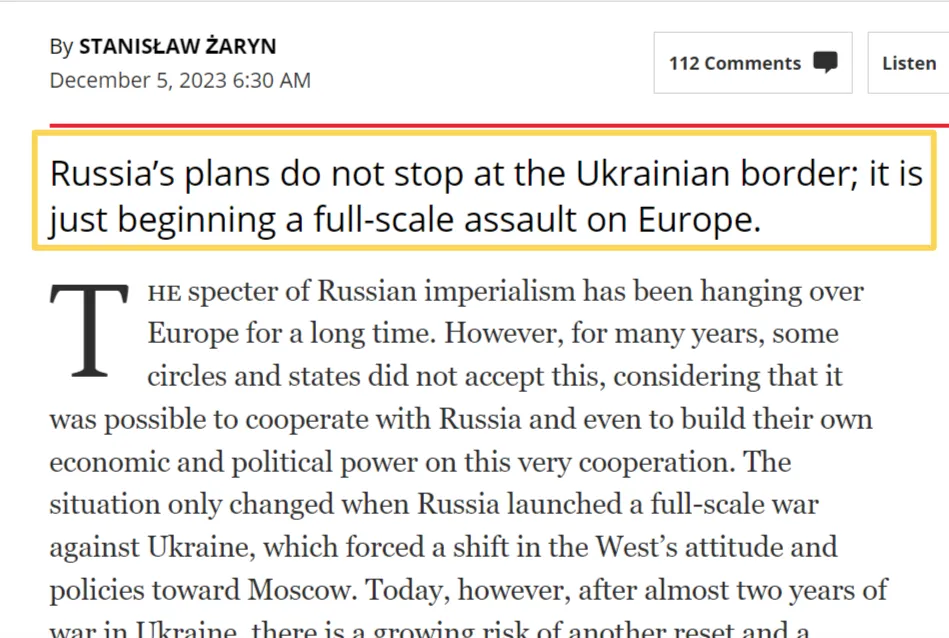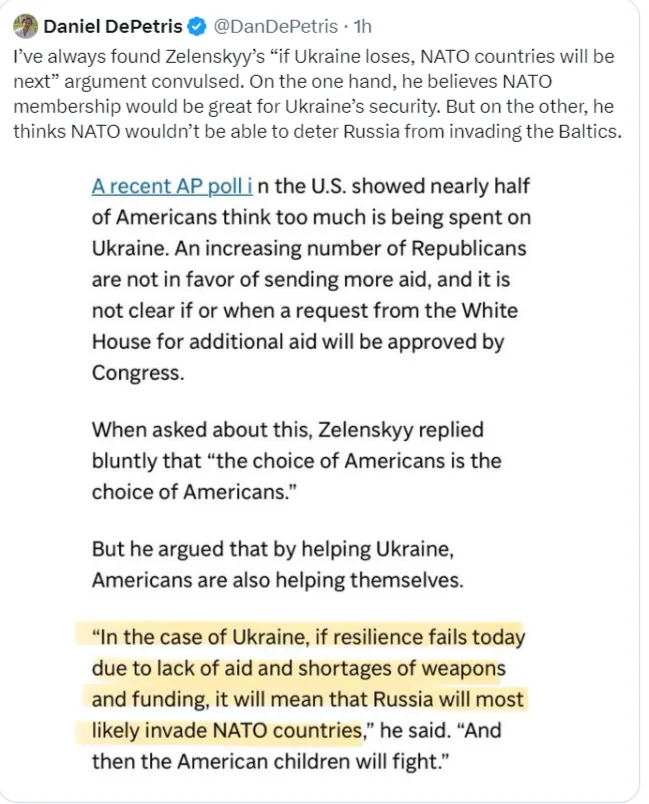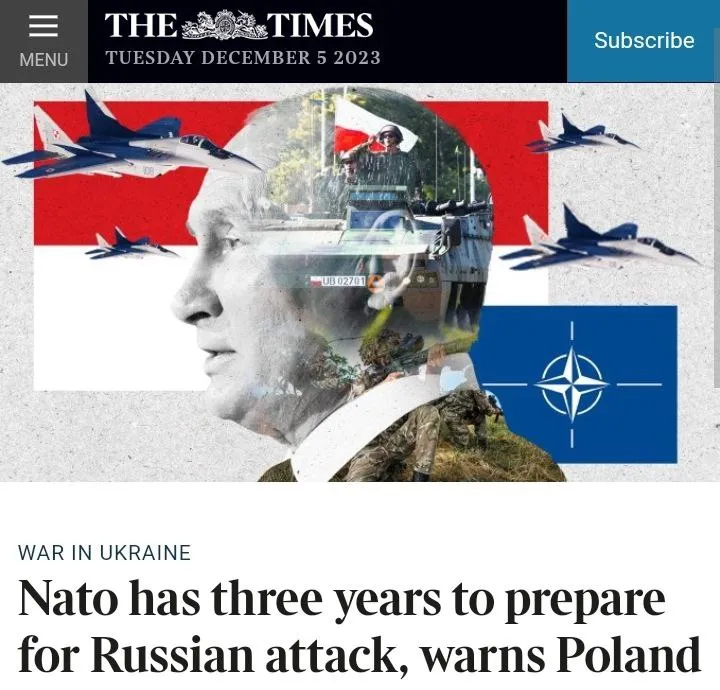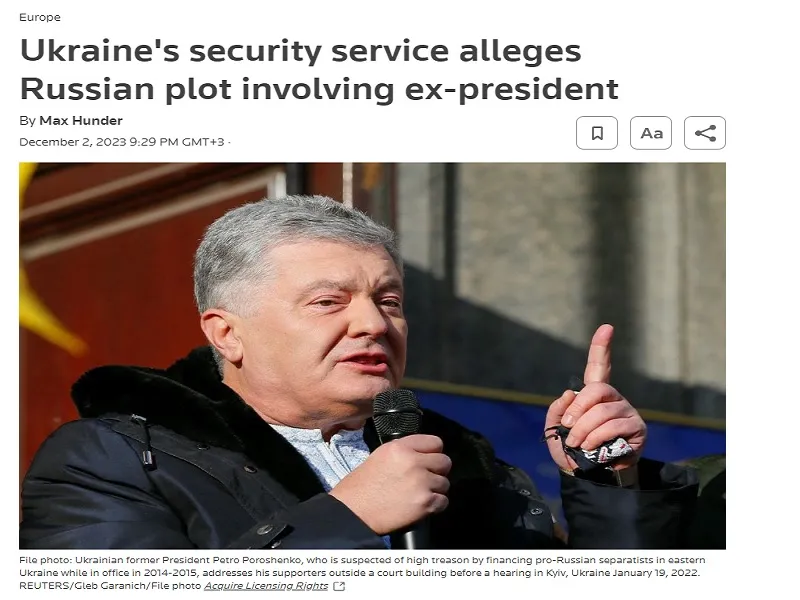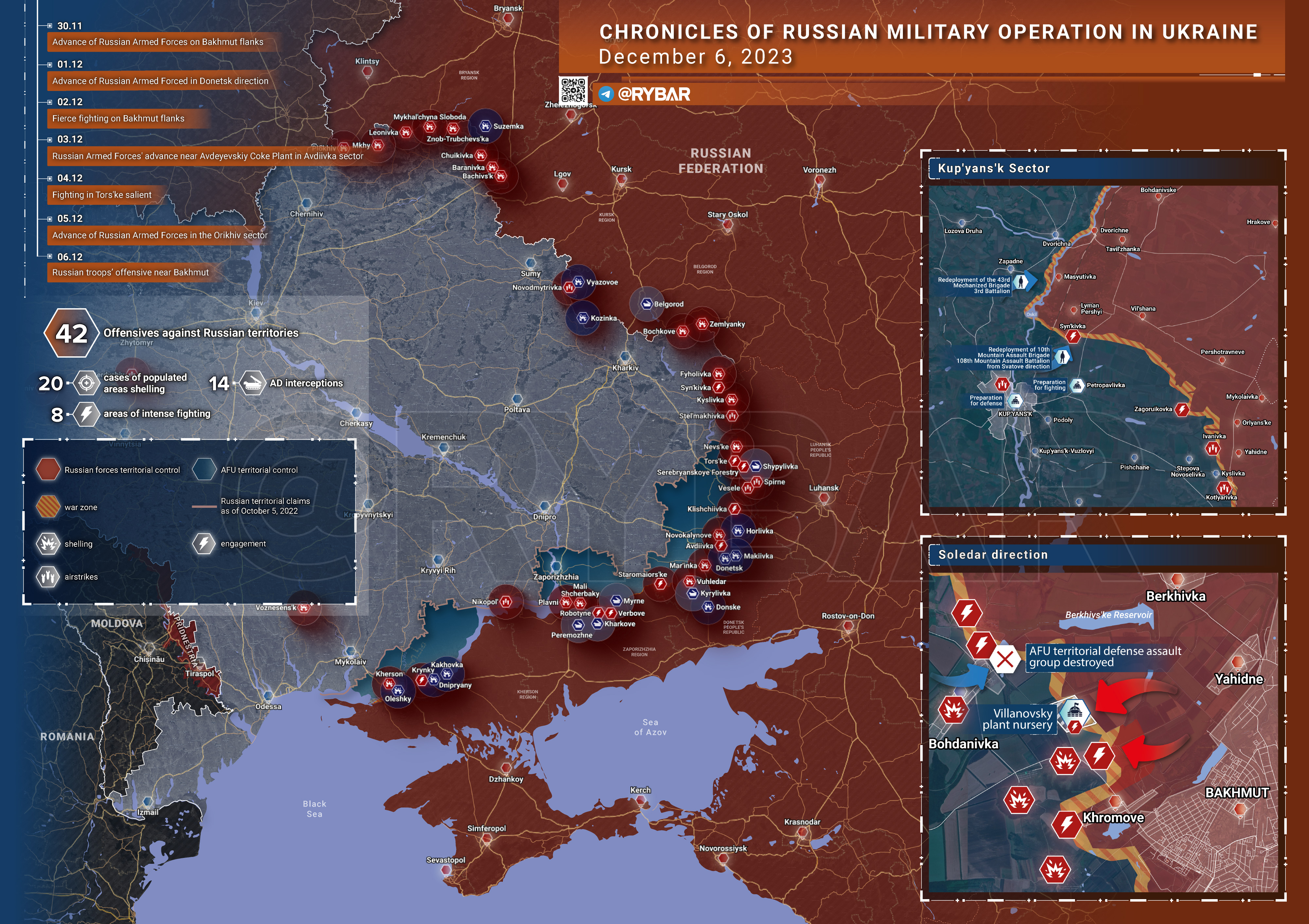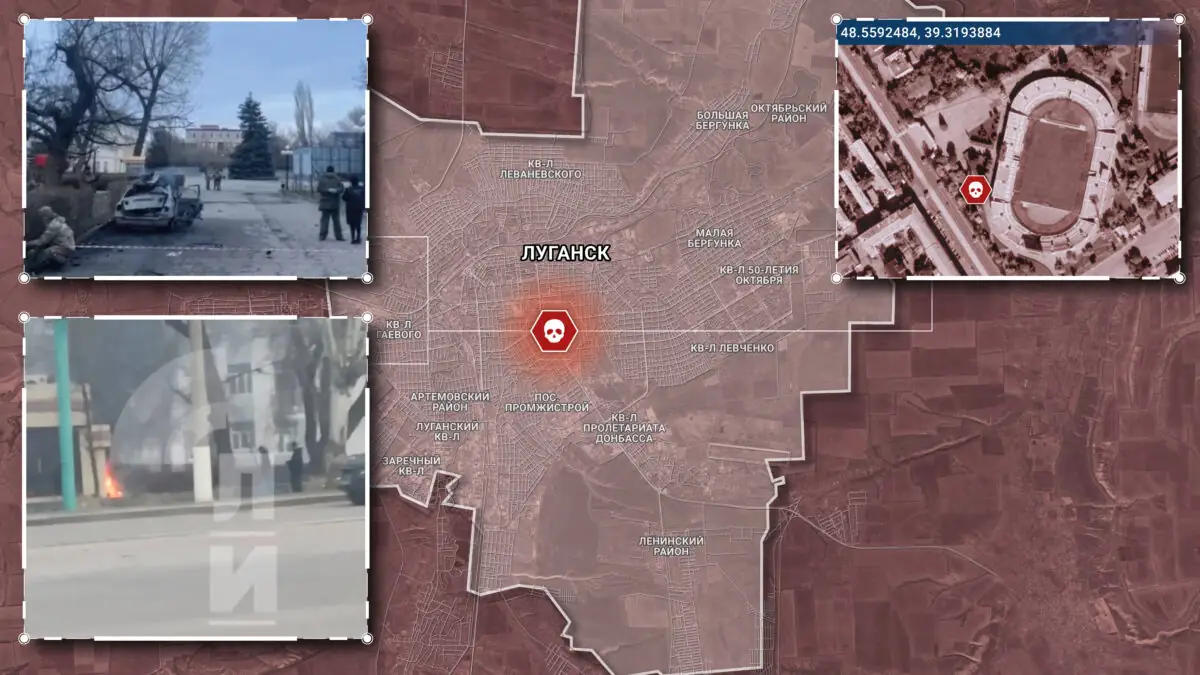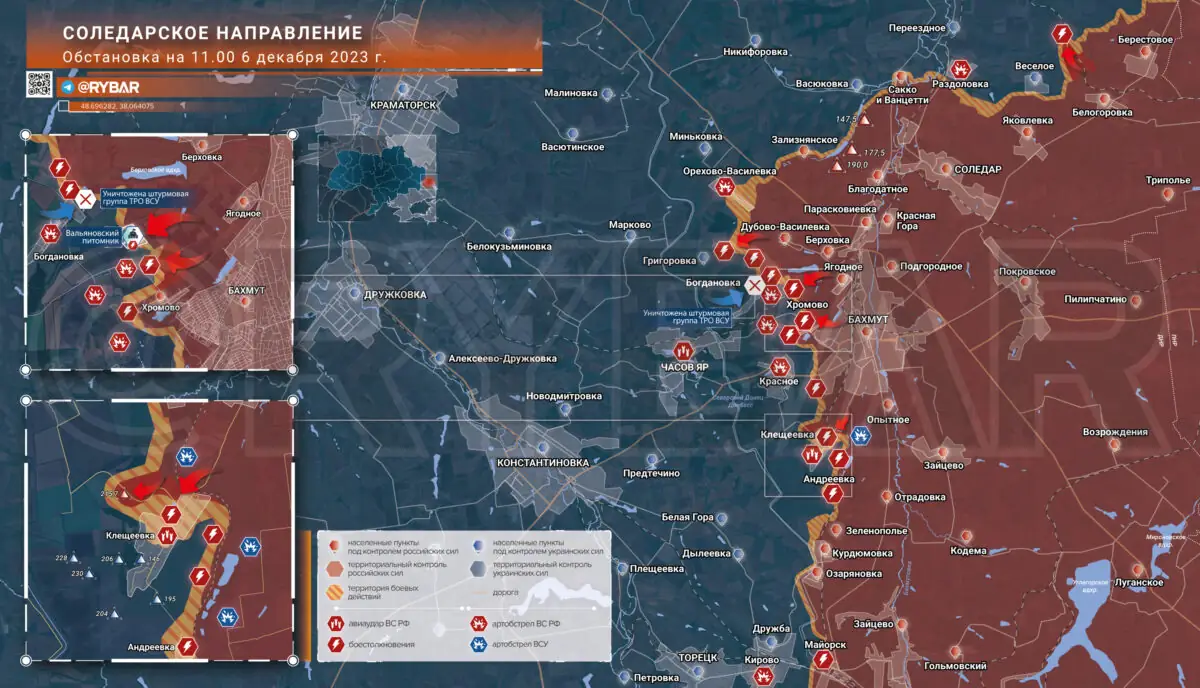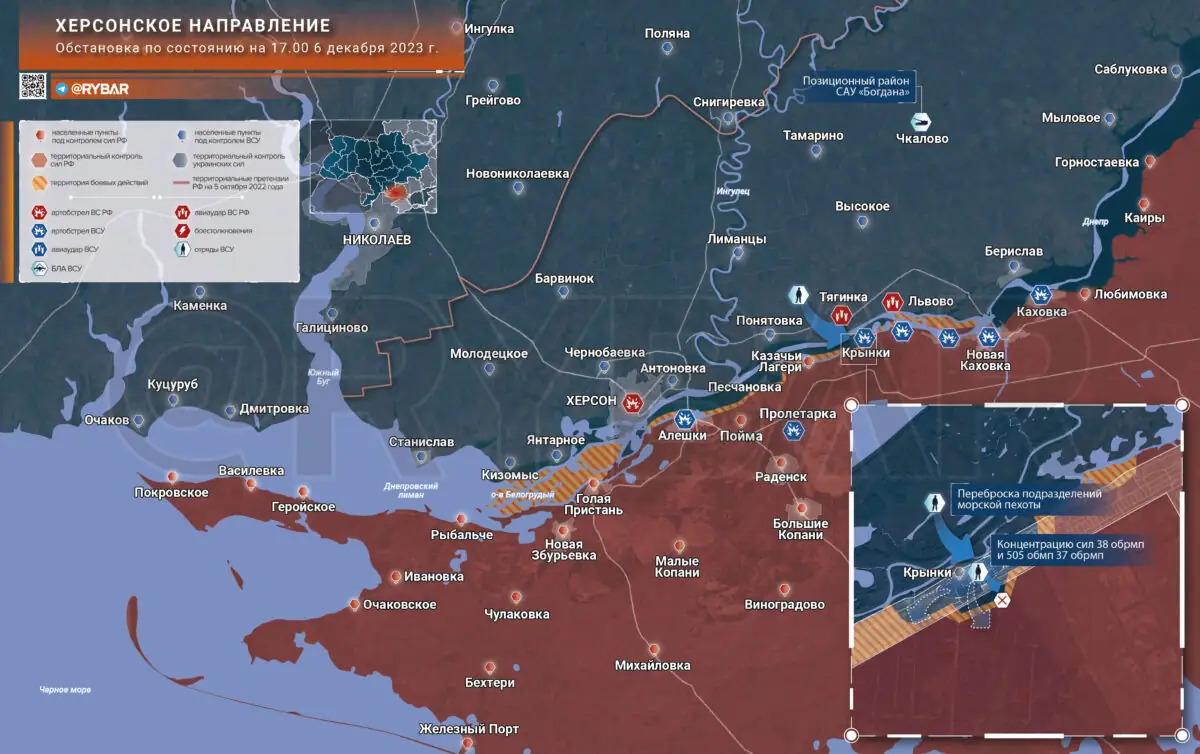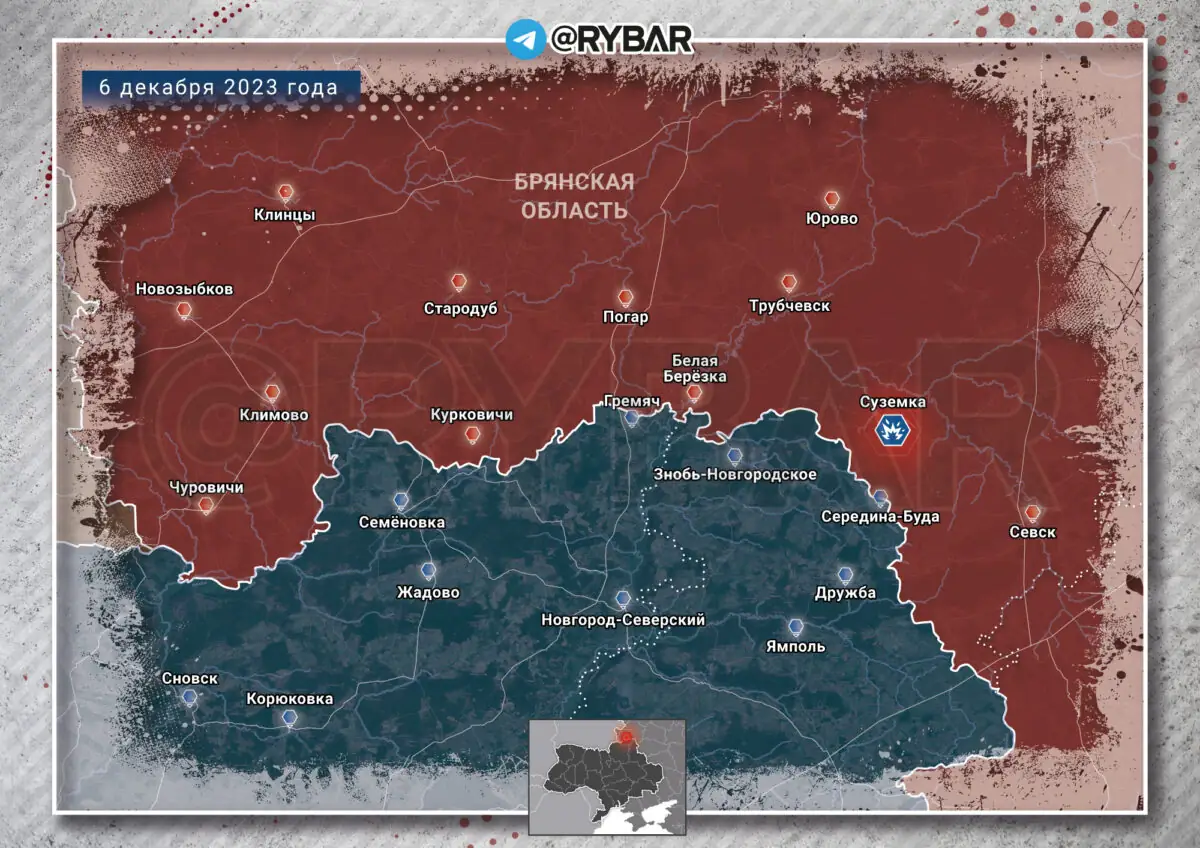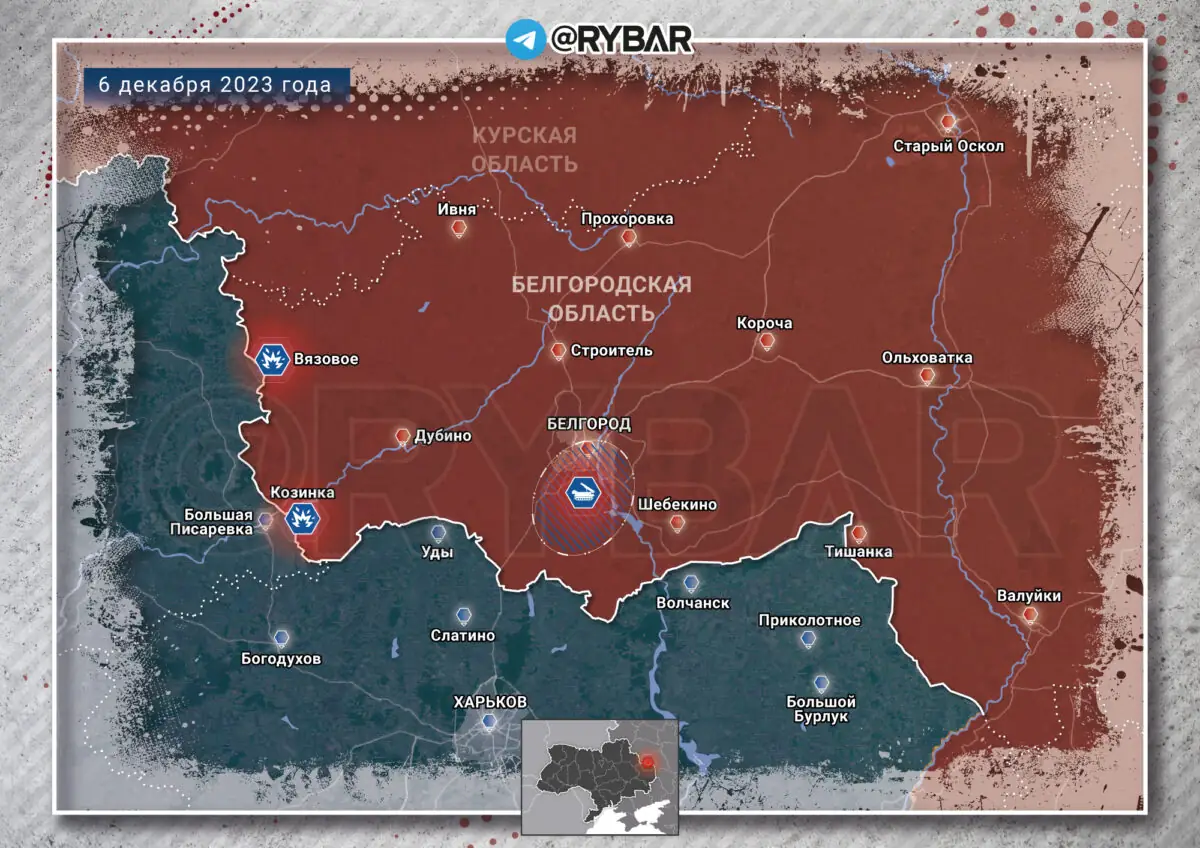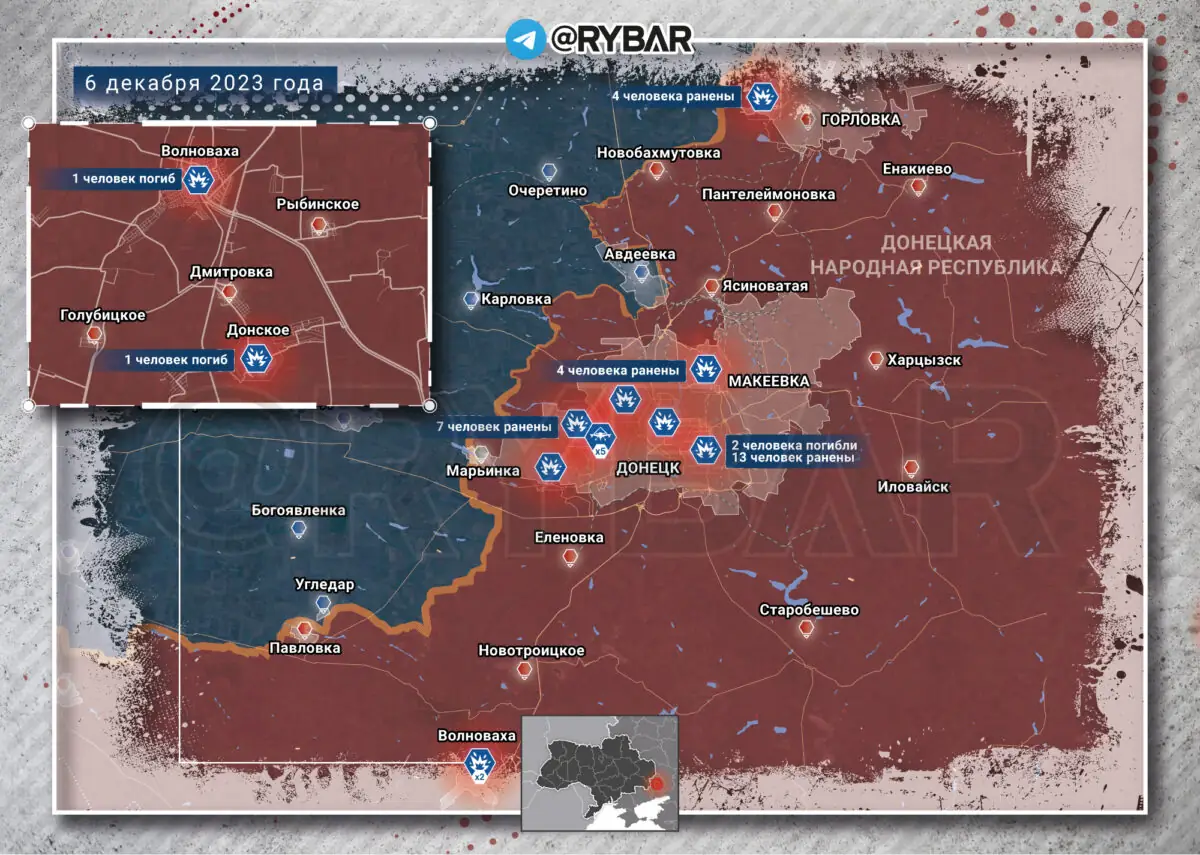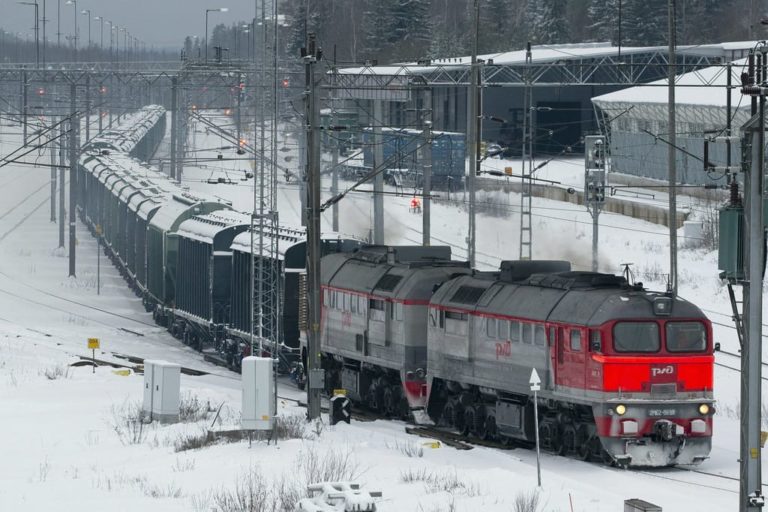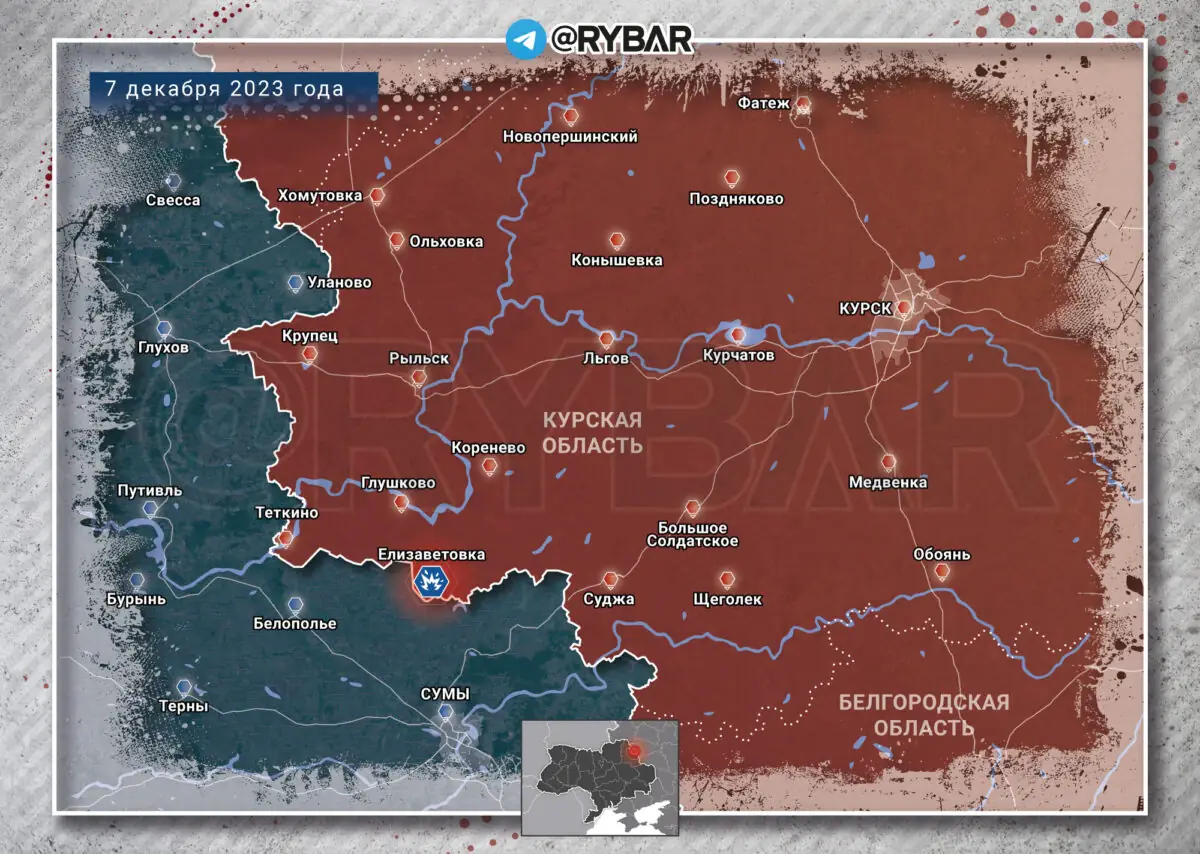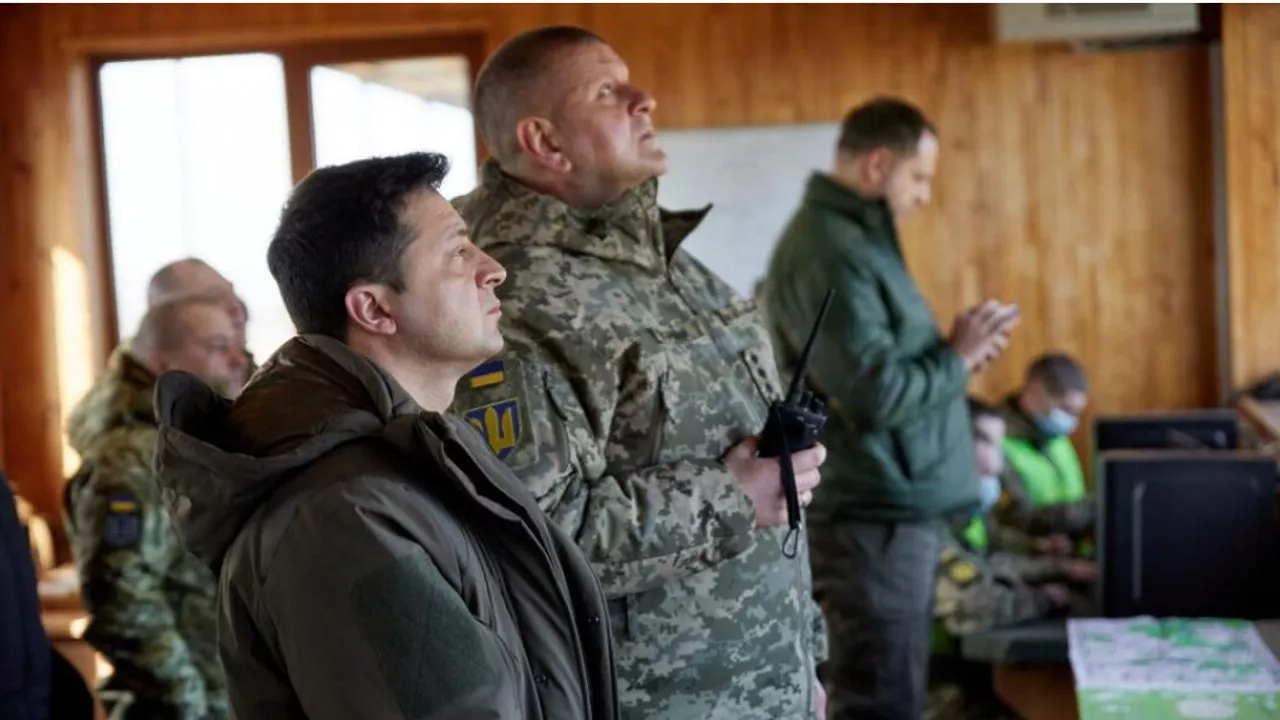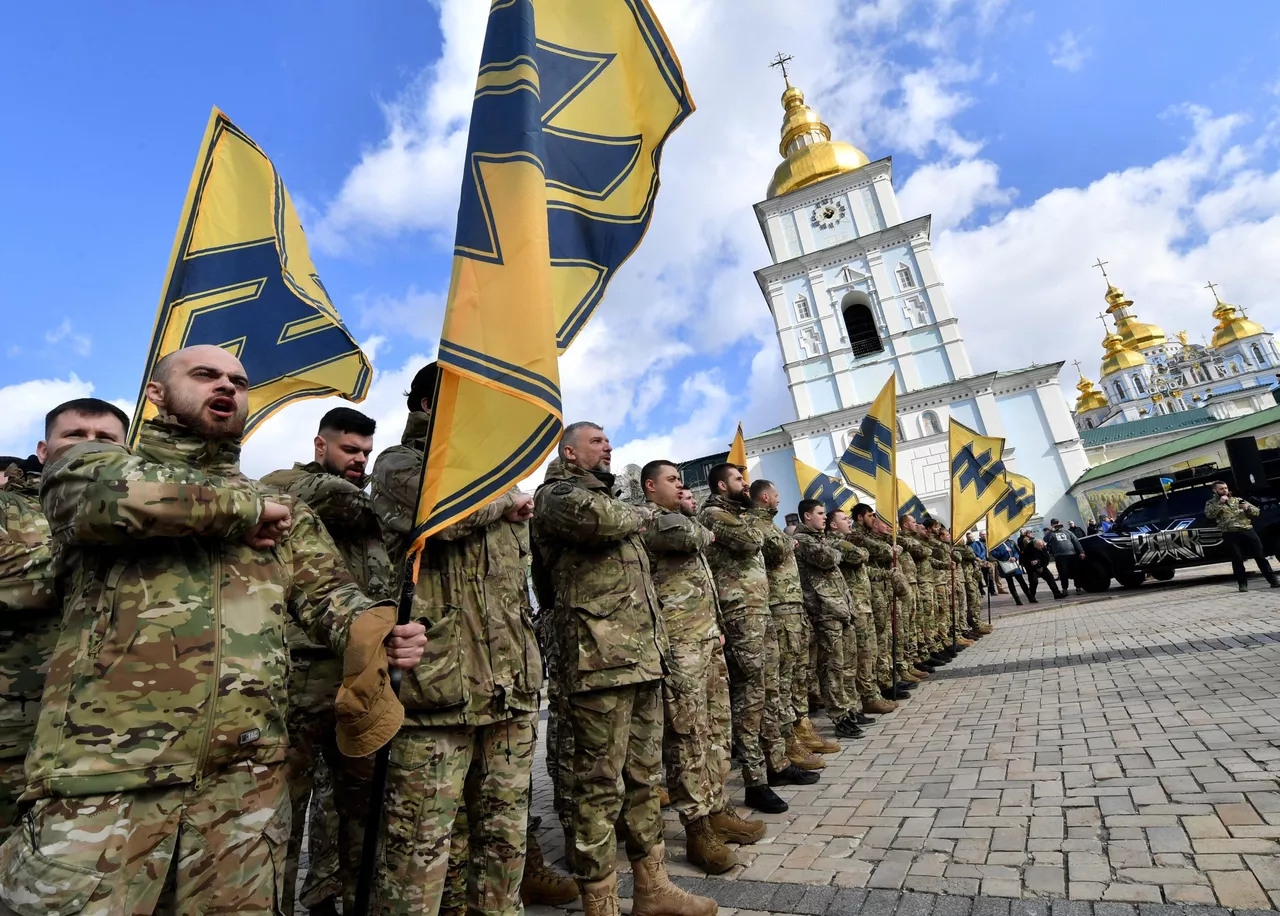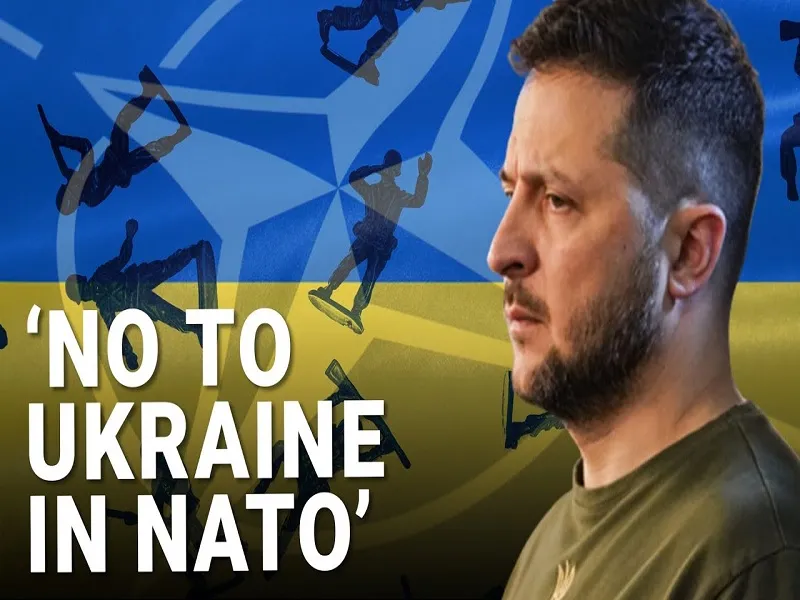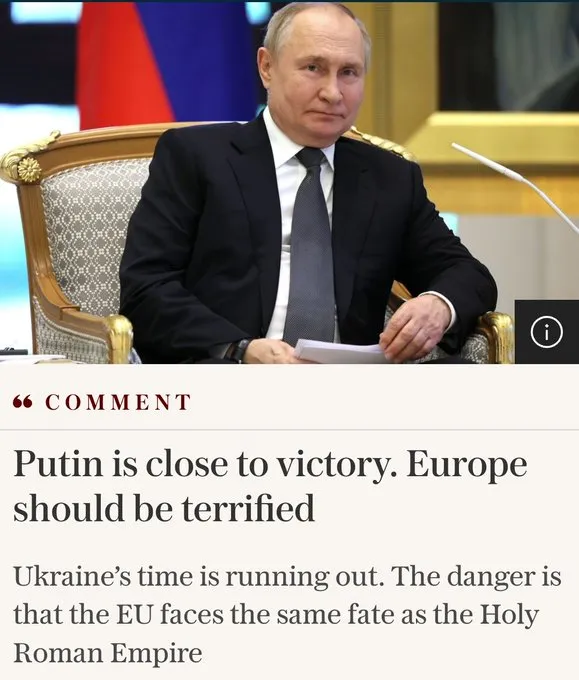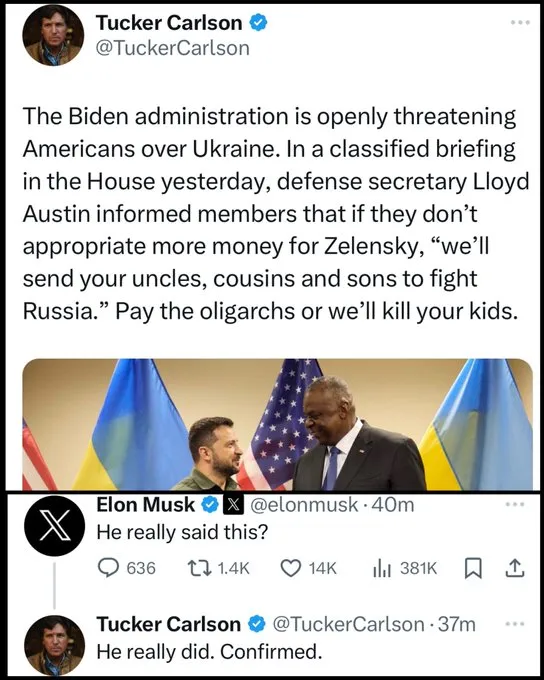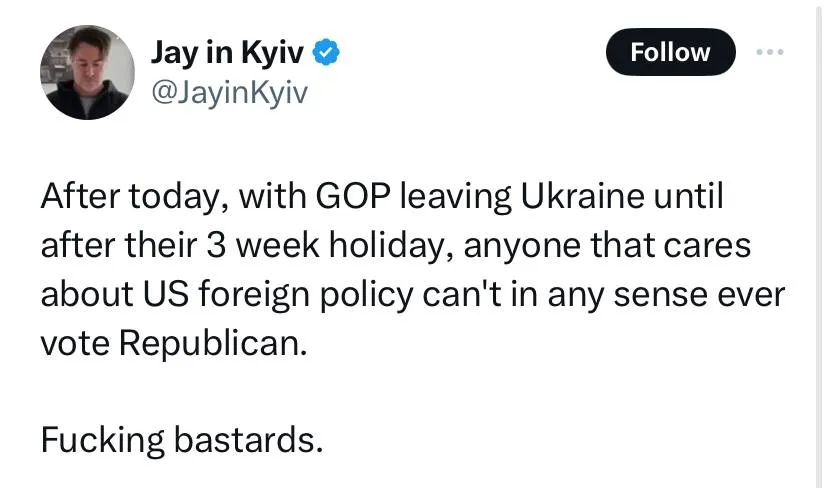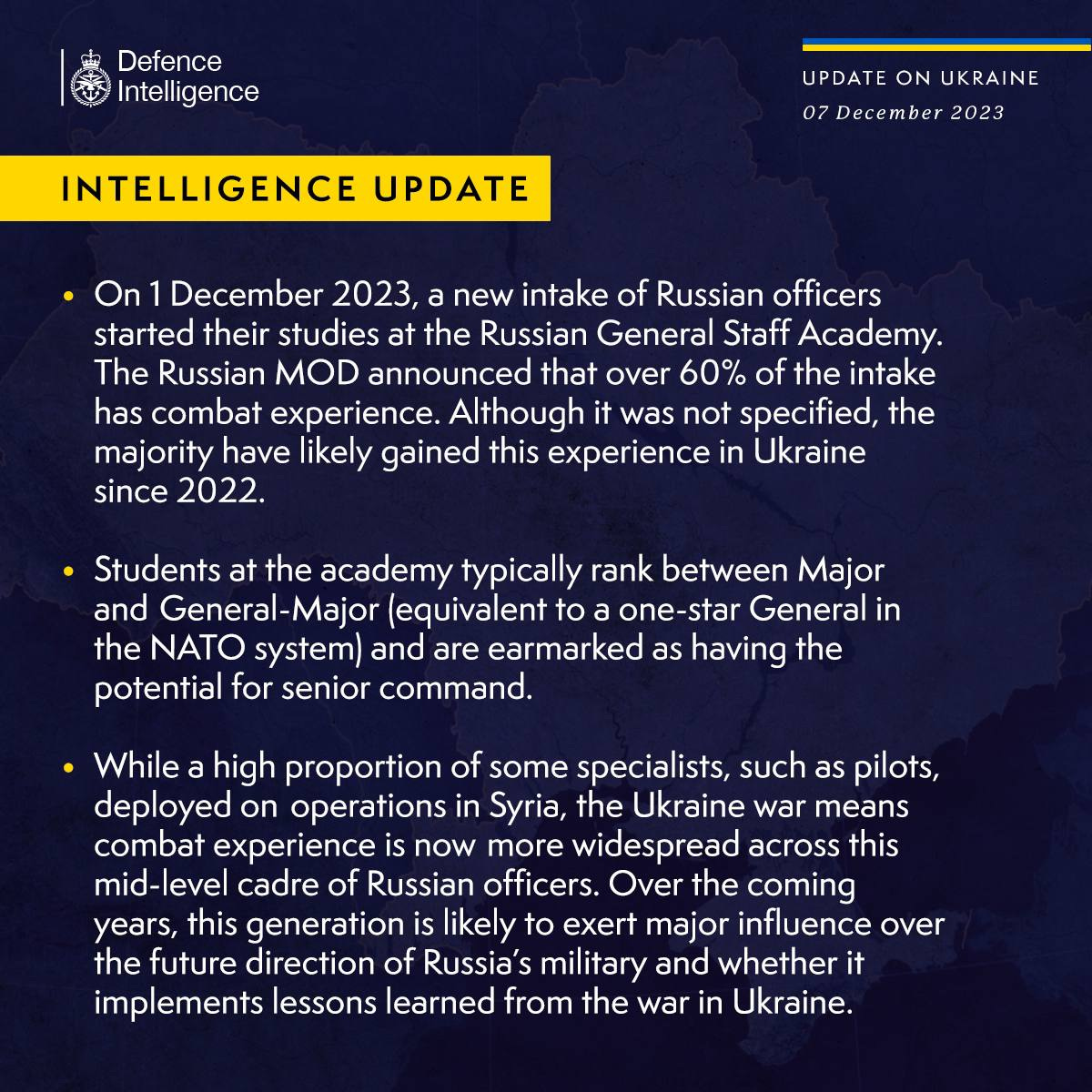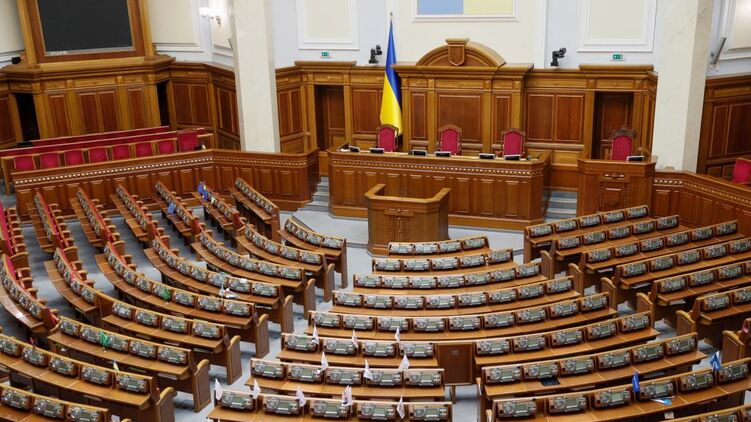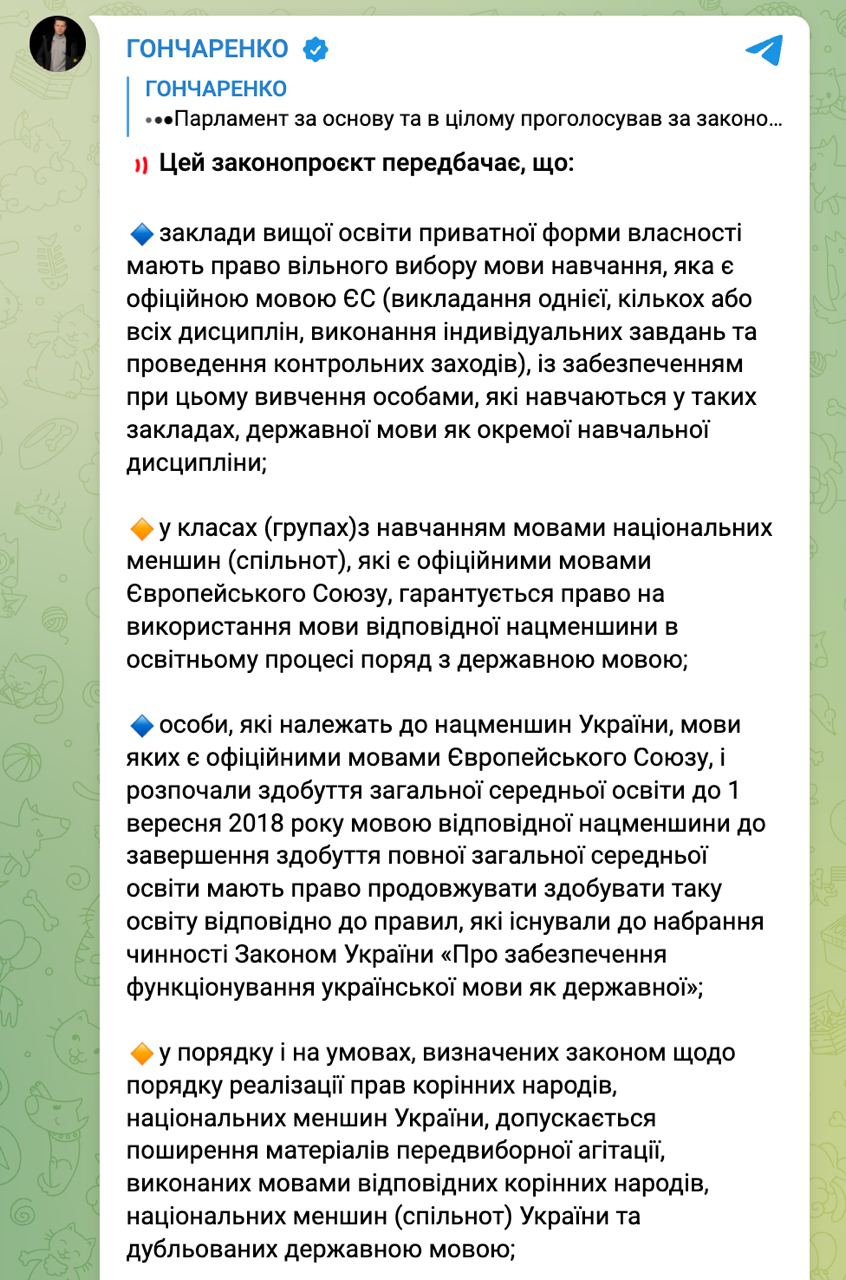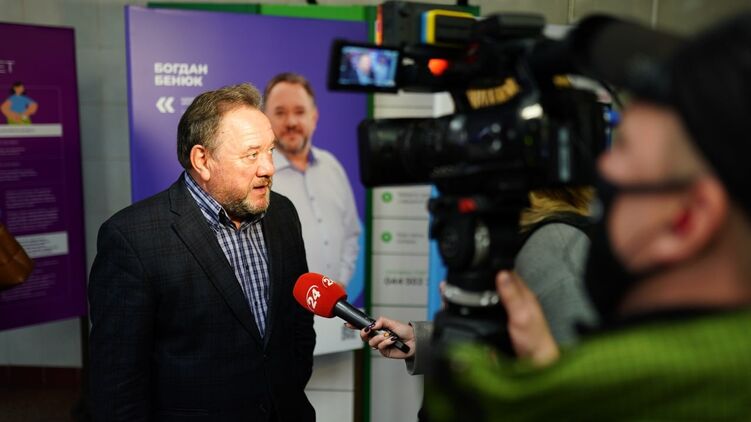POSTED BY @NSANZO ⋅ 12/02/2023

Without any subtlety in his demands, the commander-in-chief of the Ukrainian Armed Forces recently published a list of those elements he needs to safely continue the war. Valery Zaluznhy mentioned, for example, the need for Western aviation and missiles to balance air potential, electronic warfare material to blind Russian drones, demining equipment to overcome Russian minefields or intelligence. The Ukrainian general also added the creation of a strategic reserve, that is, a broad and continuous training program for Ukrainian soldiers to be able to replenish the ranks of the army as the front takes casualties. According to the only data currently available - and whose origin is an anonymous leak from the United States, so it can be assumed that the figure is an estimate favorable to Ukraine - Kiev would have lost 120,000 wounded soldiers and 70,000 dead in the war, figures that are possibly even higher and will continue to increase as the war lengthens.
The casualties, the flight from the country of men of military age and the reality of having a population much smaller than the Russian one makes the lack of personnel to handle the weapons that Zaluzhny requires an added danger for Ukraine. Kiev has managed to avoid part of the problem of training the mobilized population with the help of its partners, many of whom have organized training programs that were supposed to help the Ukrainian Armed Forces to, among other things, abandon Soviet tactics and mentality. to adapt to NATO's ways of waging war. These training programs were to help the war effort also in the form of security guarantees. Throughout last summer, much has been said about the low life expectancy of the troops who were sent to certain areas of the front. However, the possibility of training abroad, out of the reach of Russian troops, means avoiding the danger of training camps being reached even before recruits are sent to Avdeevka, Kremennaya, Rabotino or Kherson.
Training abroad was also supposed to improve efficiency and specifically prepare soldiers for the offensive they were going to carry out. However, throughout the summer months, especially at times when it was clearer that events were not going according to plan, poor training was one of the complaints raised by soldiers who had participated in the training program. training in countries like the United Kingdom. As could be read then in the Ukrainian media, the soldiers mentioned, for example, the lack of work in learning demining, one of the aspects that had proven to be key.
An article published by Politico after a guided tour of one of the training sites for Ukrainian soldiers in France wants to respond to the complaints and shortcomings that the Ukrainian authorities have denounced in the past. Without giving details about the location of the training camp and pointing to the mutual benefit for Ukraine and France, the media describes the changes that have occurred in the soldiers' routine. To begin with, the program prevents the exchange of phone numbers. The objective is none other than to lose contact once the program ends. “It's time to cut ties,” says one of the captains participating in the training in reference to the end of the program, since “otherwise, when we find out that someone has died, we would wonder what we did wrong.”
Politico affirms that France has taken into account previous complaints to incorporate aspects into the training that are closer to the real conditions of war. “According to French officials, Ukraine asked France to prepare future soldiers to endure harsh battlefield conditions and operate in cold, noisy, sleep-deprived environments. Remains of dead animals have been scattered in the trenches to accustom Ukrainians to the smell of death. "French troops launch surprise attacks at night," explains the media, which also adds that the use of drones has also been incorporated. Of course, the description of the instruction to defend against the use of drones by the opponent reveals the defensive, not offensive, aspect of what Ukraine hopes to be an instruction for large-scale offensive operations.
Perhaps the most interesting part of the article, which does not reveal too many details of an apparently unsophisticated training, is the use of it by the training armies. “Teaching Ukrainian soldiers costs France around 300 million euros according to a Parliament report. But the French army is also benefiting,” explains Politico , adding that the basis of action of armed forces like the French one has been, in recent decades, counterinsurgency, a method adapted to the wars and military interventions in which they have participated. . “The war in Ukraine has changed that,” he says, without explaining the difference between the counterinsurgency that France has carried out in Mali or the United States in Afghanistan with the land war between two large armies that is currently being fought. “The life-or-death struggle in Ukraine gives students advice for their instructors,” says Politico , describing the situation as “win-win” but giving the impression that it is Western countries that are taking advantage of the situation to recover for themselves. their armies knowledge of trench warfare, “something they can use to prepare France for high-intensity warfare.”
The article states, citing a lieutenant colonel identified only as Erwan, that “everyone is returning to the trenches” and explains that France “has returned to the doctrines of the two world wars and the trenches built for the Ukrainian exercises.” "They will be reused by French troops." It is curious that the article mentions the two world wars, possibly the last occasion in which Western armies that must instruct the much more seasoned - specifically by eight years of mud and cold in Donbass - have stepped into a trench. “The Ukrainians claimed that the French training trenches were too wide, that gardening boots were more appropriate than military footwear, and have given advice on how to optimize the use of grenades.” Who is in a position to learn from whom?
https://slavyangrad.es/2023/12/02/quien-ensena-a-quien/
.Google Translator
******
What's happening in the Northeast Military District zone: chronicle for December 1
December 1, 2023
Rybar

The loudest event of the day was the large number of publications about the capture of Marinka in the Donetsk direction . In fact, the Russian Armed Forces occupied several streets in the southwestern part of the city and planted a flag on one of the outermost houses. It is still premature to talk about the complete capture of the settlement, although the situation is developing more and more in this direction - the Ukrainian Armed Forces still hold positions in the northwestern part of the city.
In the Avdeevsky sector, units of the Russian Armed Forces on the northern flank advanced into the forest belt south of Novokalinovo . West of Avdeevka, the Russian Army significantly improved its tactical position, occupying important positions on the heights east and west of Severny, bypassing the settlement from the side. In addition, after capturing the Ukrainian Armed Forces' strongholds in this area, the enemy also left some positions in Pervomaisky .
In the Kherson direction, the Ukrainian Armed Forces conducted another landing in Krynki . At the moment, in the destroyed village there are several hundred Ukrainian soldiers who crossed from the right bank. Nevertheless, the enemy is suffering significant losses while trying to gain a foothold and has not yet taken active action.
In the Kupyansky sector , the Russian Armed Forces are expanding the zone of control around Timkovka , occupying tactically important heights. In the Bakhmut area there are battles on the approaches to Bogdanovka to the south of the city and near Kleshcheevka on the northern flank: without significant changes.
We also clarified the information on irretrievable losses in the ranks of the Armed Forces of foreign mercenaries for the entire period of the Northern Military District: they amounted to more than 536 thousand people, of which almost 215 thousand were killed, and over 800 thousand were temporarily displaced.
Lancet strike on Ukrainian Su-25 at Dolgintsevo airfield

Yesterday, footage of an attack on an Air Force Su-25 at a military airfield in Krivoy Rog was published . Almost immediately, controversy broke out online regarding the fact that it was a mock-up. For our part, we note a few points about this:
The “shabby” marks on the hull are more reminiscent of the characteristic “pixel” camouflage that the Ukrainian Air Force first began painting the sides of back in 2012. And the lantern could be covered with an improvised cover. The target has no visible disproportions, and also has drop tanks, wingtips and brake flaps, which is relatively high detail for what appears to be a mockup . There is also nothing fundamentally strange in the lack of activity around the planes at the time of arrival and fires after. During previous attacks on Dolgintsevo, the sides also stood in splendid isolation and did not always light up when hit.
A really controversial point is the strange connection between the wing and the engines. However, this can also be explained by errors in visual perception due to insufficient camera resolution. By the way, yesterday morning residents of Krivoy Rog observed seven Ukrainian planes passing along the same route. The event is clearly connected with the arrival of the Lancet in Dolgintsevo at the same hours. And once again we note the ability of the Russian Armed Forces to hit targets 70 km from the front line with loitering ammunition and exercise objective control, which indicates the increased combat capabilities of the Russian troops in at least several areas.
Losses of the Ukrainian side as a result of a special military operation of the Russian Armed Forces as of December 1, 2023
Over the entire period of the Northern Military District, irretrievable losses of the armed forces of Ukraine amounted to 536,854 people. Of these, 214,883 people were killed. The irretrievable category also includes 62 thousand missing people, prisoners and disabled people. 864,374 people fell into the temporarily out of action category . Thus, the total losses of Ukrainian forces exceed 1.4 million people.
The situation on the front line and combat operations
In the Starobelsky direction, fierce fighting continues in the Kupyansky sector : Russian military personnel are fighting in the eastern part of Sinkovka . To the east, the fighters, supported by armored vehicles, are advancing south from Olshan . In addition, the Russian Armed Forces are building on their success near Timkovka , expanding the zone of control around previously occupied tactical heights
In the Soledar direction, fighting continues on the approaches to Bogdanovka in the south, there are no changes. On the southern flank in the Kleshcheevka area , unmanned aircraft and artillery prevent the enemy from rotating during the day, hitting places where manpower is concentrated.

In the Donetsk direction , the front began to move: this morning there were reports of a complete clearing of Marinka : the reason was a video with a Russian flag hoisted over a house on Komsomolskaya Street on the westernmost outskirts of the city. However, it is too early to talk about the capture of Marinka - the enemy still holds positions in the northwestern part. And to completely destroy Ukrainian forces in this area, a lot more work needs to be done .
The difficulties for carrying out assault operations are still the same: the city is now complete ruins, which are perfectly visible from the air from all sides. The fighting actually goes from basement to basement - there are simply no other shelters in this area. This creates difficulties for consolidation at the taken boundaries. The Armed Forces of Ukraine, however, have similar problems with the addition that as the Russian Armed Forces slowly advance, it will become increasingly difficult for them to supply their centers of defense in the ruins of Marinka .
In the evening, a video appeared with soldiers of the 103rd Motorized Rifle Regiment of the 150th Motorized Rifle Division reporting complete control over Marinka near Donetsk . According to some reports, within a day, Russian troops actually managed to crush the defenses of Ukrainian formations in the southwestern part of the city: it was there that the Russian flag was raised over one of the houses. According to other sources, the Ukrainian Armed Forces still hold positions in the northwestern part of the ruins of the long-suffering settlement. However, if the information about the advance of the Russian Armed Forces to the south is correct, then the enemy’s retreat is a matter of the near future. In any case, it will be possible to speak with confidence about the complete transition of Marinka to Russian control after the appearance of appropriate personnel for objective control .

In the Avdeevsky sector, units of the Russian Armed Forces on the northern flank are fighting for forest belts in the direction south of Novokalinovo . Russian units managed to occupy part of the forest belt and expand the zone of control. On the outskirts of the Avdeevsky coking plant, local clashes continue: the main efforts of the Russian Armed Forces are focused on hitting a powerful stronghold with fire in order to avoid casualties among personnel.
To the west of Avdeevka, the assault detachments of the Russian Armed Forces, with the support of artillery and aviation, were able to make significant progress, occupying important positions on tactical heights east and west of Severny , bypassing the settlement from the side. In addition, the zone of control to the west of this area has been expanded: after the capture of Ukrainian Armed Forces strongholds in this direction, the tactical position of the Ukrainian formations worsened further to the south - in the village of Pervomaiskoe. Here, soldiers of the Russian Armed Forces advanced along the reservoir. The Ukrainian Armed Forces in the Severnoye - Pervomaiskoye section are offering less resistance than before. Losses in manpower and successes of the RF Armed Forces affect the moral and psychological state of the Armed Forces of Ukraine, which simplifies the conduct of assault operations. The main problem for the Russian Armed Forces continues to be the mines that litter the fields around populated areas.

In the Ugledarsky sector, there have been no significant changes since our last report on the situation in mid-September: there is a positional war in the sector with FPV drone raids, sporadic attacks by small groups and battles for forest plantations. One of these clashes occurred in the morning, when a unit of the Ukrainian Armed Forces tried to dislodge fighters of the 39th motorized rifle brigade of the Russian Armed Forces from their positions. The assault ended in vain for the enemy: having lost one armored car, he retreated to his original lines.
Along the line of combat contact there is a routine exchange of artillery strikes. If they have the necessary means, Russian troops are conducting a counter-battery fight: according to generalized data from the Creamy Caprice channel , in November five enemy howitzers and MLRS were reliably hit in the sector. In general, Ugledar and its surroundings have long been a secondary destination for both the Armed Forces of Ukraine and the RF Armed Forces. Neither side is taking active offensive actions with large forces.
In the Orekhovsky sector , which has recently become a secondary direction, the routine continues: the Russian Armed Forces are conducting a positional offensive from Verbovoy . The enemy, in turn, periodically attacks in small groups with the support of equipment at Rabotino .
In the Kherson direction in Krynki, fierce fighting continues in the center of the village and in the adjacent forest belt, where the enemy is trying to gain a foothold. There is active counter-battery warfare in the area using drones and artillery, thereby reducing the fire impact on Russian troops. At the moment, the Ukrainian Armed Forces control about half of the village, in which there are about a battalion of enemy soldiers. The enemy is bringing in new reinforcements and taking away the wounded with the help of boats, which, unfortunately, not all of them can be sunk. At the same time, in the village itself, Ukrainian formations do not resort to active clashes, mostly hiding in houses and basements.
Shelling of rear areas and residential areas

By the evening, Ukrainian formations shelled the village of Kurkovichi in the Starodubsky district of the Bryansk region . Details of the incident are unknown.
During the day, Ukrainian troops attacked the Kuibyshevsky district of Donetsk , there was damage to residential buildings, but no casualties were reported. However, a woman wounded yesterday as a result of shelling died today from multiple wounds. In the evening, the enemy struck Makeevka and Yasinovataya , there is no information about damage.

The Ukrainian Armed Forces continue artillery terror on the left bank of the Kherson region . The civilian infrastructure of Nova Kakhovka , Podstepnoye , Korsunka , Aleshek , Kakhovka , Gola Pristan , Krynok and Dnepryan was under attack . In the latter, several residential buildings and power lines were damaged as a result of shelling, but no one was injured.
Political events
Problems on the Ukrainian-Polish border Polish carriers at the Krakovets - Karchova
checkpoint did not allow a single vehicle from the Ukrainian side to pass overnight. The Ukrainians, in turn, went on a hunger strike and demanded the passage of at least 14 trucks per hour. At the moment they are waiting for a meeting with the Lublin consul , expecting the situation to improve. Trucks with fuel and other dangerous and perishable cargo have lined up in more than a thousand vehicles and are not allowed through. In addition, Polish police are preventing Ukrainian drivers from entering nearby stores to buy food and water, and weather conditions are worsening.
Zelensky about unfulfilled victories at the front
Today, the President of Ukraine gave a long interview to the Associated Press . One of the most interesting statements is that the Ukrainian formations were unable to achieve the desired results as a result of the so-called counter-offensive. “We wanted faster results. From this point of view, unfortunately, we have not achieved the desired results. And that's a fact." He added: “Look, we are not backing down, I am pleased. We are fighting with the second (best) army in the world, I am satisfied. We are losing people, I am not satisfied. We didn't get all the weapons we wanted, I can't be satisfied, but I can't complain too much . " It can be stated that the president is already satisfied with at least the fact that the Ukrainian army is still trying to hold lines at the front, despite the heavy losses suffered in the summer.
Vladimir Zelensky added that one of the reasons for the failure was the shortage of personnel. However, this does not mean that Ukraine should give up; in his words, it is necessary to continue the “struggle” . The President complains that due to the shift of global attention from Western allies to the Middle East conflict in Israel, it has led to a reduction in supplies for the needs of the Armed Forces of Ukraine, which forces them to open their own production facilities, but, funny enough, with the money of Western partners.
He said that “nothing scares Russia more than a militarily self-sufficient Ukraine.” In addition, he commented on recent rumors that Western countries such as Germany and the United States are trying to bring Ukraine and Russia to the negotiating table and stop the fighting, saying that "some voices are always heard", without making it clear from whom .
On Viktor Orban’s refusal to accept Ukraine into the EU
The Prime Minister of Hungary said on local radio today that he suggested that the European Union should not rush into making a decision on Ukraine’s accession to the EU. “If we do not know what the consequences will be after Ukraine’s possible accession to the EU, then we should not enter into negotiations... Therefore, I will present the point of view according to which the EU should first sign a strategic partnership agreement with Ukraine.”
The Hungarian Prime Minister also proposed not to put the issue of Ukraine’s accession to the EU on the agenda of the summit in December, but to postpone it for 5-10 years. “It is clear in advance that there will be no agreement among countries , ” Orban said . In addition, he added that Ukraine’s membership in the EU “today does not coincide with the national interests of Hungary."
https://rybar.ru/chto-proishodit-v-zone ... -dekabrya/
Google Translator
******
Rising Tensions Between Political and Military Leaders in Ukraine as Military Campaign Fails
NOVEMBER 29, 2023

A Ukrainian soldier in the battlefield. Illustration: Zeinab El-Hajj/Al Mayadeen English.
By Dmitri Kovalevich – Nov 27, 2023
In November, the Ukrainian authorities once again extended martial law for three months. This means that the presidential election scheduled for March 31, 2024, will not happen because the election law requires 100 days for campaigning. Martial law restrictions and a “democratic election” are not mixing well in militarized Ukraine.
Volodymyr Zelensky himself affirmed on November 6 that “now is not the right time” to hold an election. The secretary of the National Security and Defense Council (NSDC) of Ukraine, Oleksiy Danilov, predicts “great misfortune” for Ukraine if an election were held because of the widespread political discussion it would provoke. But there is a rub: President Zelenskyy’s term, according to the Constitution, ends on March 31, 2024. After that, he loses constitutional legitimacy and becomes a usurper of power.
Additionally, legislative elections in Ukraine should have been held in October 2023, meaning the legislature has actually lost its constitutional legitimacy, even if it continues to pass laws. These legal nuances do not receive any attention from the Western sponsors of the Kyiv regime or the regime itself. That is because, in their opinion, the abolition of democracy in Ukraine has taken place in the name of “democracy” and the fight against the “authoritarian regime” of the Russian Federation. In Russia, presidential and legislative elections will be held next year.
Meanwhile, The Economist magazine recently cited Western officials saying that the conflict in Ukraine may well last another five years. The Western military-industrial complexes like the sound of such a scenario predicting a drawn-out battle because a long war would be profitable for them. What’s more, in order to motivate Western governments to make room in their budgets to expand the military-industrial complex, the demand for more and more armaments must be good for years, if not permanently.
Ukraine cannot sustain its war machine
But here is the problem that concerns Ukraine: the country will soon exhaust its human resources, regardless of how many armaments are sent its way by the NATO countries.
The American satirical publication The Babylon Bee draws attention to this contradiction when it writes, jokingly, “Ukrainian President Volodymyr Zelensky is calling for the immediate suspension of presidential elections in his country, so that he may focus all his efforts on fighting to protect democracy in Ukraine. ‘We must suspend democracy to save democracy,’ said Zelensky during his weekly ‘telemarathon’ [situation report]. ‘If we allow democracy to get in the way of fighting for democracy, we might lose our democracy. And also lose our billions of sweet, sweet American dollars. What will happen to my superyacht in Dubai… Oh, sorry, what was I talking about? Oh yeah, it’s time to cancel elections so I may remain president indefinitely.’”
The Bee’s humor is not so humorous for the Ukrainian people because in order to maintain power, Zelensky could theoretically extend martial law endlessly, thereby forcing thousands and thousands more conscripted citizens into the slaughter along the front lines.
An MP from Zelensky’s party and his closest adviser, Mykola Tishchenko, recently responded rather frankly to a colleague, MP Heorhiy Mazurashu, about the state of democracy in Ukraine. “Democracy does not exist anywhere in the world,” he said. “It is a myth.”
Concern about 2024 US election
Nevertheless, Zelensky rather suspects the likelihood of a change of administration in the United States next year. In anticipation, his office has begun to examine the exact stances of the Republican Party, as it similarly studied four years ago where the Democratic Party stood on Kyiv’s conflict with Russia. In November, Zelensky invited Donald Trump to Ukraine, presumably expecting to hear from Trump there would be no overtures with Russia for a negotiated end to the war should Trump be elected. Wartime rule is all that Zelensky and his advisers and sycophants have left. Trump declined the invitation to visit.
Ukrainian authorities then came up with the idea of inviting former US Secretary of State Mike Pompeo to join the board of directors of Ukrainian operator Kyivstar, Ukraine’s largest mobile operator. Pompeo is reported to have accepted.
Under a similar scheme, Joe Biden’s son was earlier invited and accepted to work at the Ukrainian gas production company Burisma. This kind of work pays stratospheric salaries to selected board members who may not even show up to attend meetings or who merely stage rote appearances. It is called “sinecure” in English, defined as a position requiring little or no work but giving the holder status or financial benefit. It is a common form of bribery and corruption of high-ranking officials in capitalist countries, including in subordinate countries such as Ukraine. “This is how bribes are paid in the ‘enlightened’ West,” writes the Telegram channel Open Ukraine, commenting on Mike Pompeo’s new job. “Gone are the days of paying bribes with suitcases stuffed with cash.”
Rifts exposed between Ukraine’s political and military leaders
However, after the failed “counteroffensive” of the Armed Forces of Ukraine (AFU), launched in June of this year to much fanfare but with little achieved many months later, and after recent delays in promised deliveries of more US military supplies to Ukraine (perhaps portending outright cuts to supplies by the US government), a rift has emerged within the Ukrainian power system. Since his election in 2019, Zelensky has already purged the near entirety of the political opposition in the country, accusing many of them of “working for the Kremlin.” So the only political conflicts that can now erupt are internal, pitting the governing regime against this or that clan of former associates. Odessa-based anarchist Vyacheslav Azarov writes that all of opposition politics in Ukraine is now reduced to “squabbles of factions within the ruling party.”
The main rift today is between the country’s political and military leadership. The real power in Ukraine sits with those who control the military, including its far-right paramilitary formations now fully integrated into the regular armed forces. Failures in the counteroffensive have deepened existing frictions and political divisions.
The Ukrainian military is now blaming the political leadership for throwing it to the slaughter for the purpose of providing Western benefactors with images and reports of military “successes,” which, in turn, act to sustain the flow of money and arms to Kyiv. Ukrainian soldiers are routinely labeling their commanders as “butchers” for sending them for the umpteenth time to storm Russian defense lines head-on, in many cases stepping over the bodies of their comrades who fell during previous assaults since June. For his part, Zelensky blames the generals for the failure of the counteroffensive.
According to Zelensky’s former adviser Oleksiy Arestovich (who has fled to the US), the president is in a “serious conflict” with high-ranking Ukrainian military officers over the failure of the AFU counteroffensive. As it turns out, Ukrainian military leaders are not satisfied with the misuse of Western military aid and the low level of competence of the government, as they see it. Zelensky’s policy is simply becoming ineffective, says Arestovich. He explained in a recent interview with Spain’s El Mundo that the position of AFU commander-in-chief Valeriy Zaluzhnyi “often radically diverges” from Zelensky’s position.
Valeriy Zaluzhnyi leads a group of disgruntled military men and is in a position to challenge Zelensky. All other rivals from the 2019 election find themselves either in jail or in exile. Some analysts believe that Zaluzhnyi may be chosen to replace Zelensky for the purpose of leading when the negotiations inevitably take place with Russia. One year ago, Zelensky banned all negotiations with the Russian president. It would be a very difficult sell for him to now turn around and conduct talks.
Zaluzhnyi told The Economist on November 1 that the conflict with Russia had entered a “stalemate.” Zelensky has responded with harsh words for his top general, telling him to “stay out of politics” (as though Zaluzhnyi’s claim of “stalemate” has nothing to do with military realities).
Sergei Markov, director of the Russian Institute for Political Studies, believes that the head of Zelensky’s Office, Andrei Yermak, flew to the United States in mid-November to meet with current Secretary of State Anthony Blinken and coordinate the dismissal of General Zaluzhnyi. “But not simply fire him. If Zelensky fires Zaluzhnyi… he will become a free man who will be able to run for president and win the election [in 2024] against Zelensky. The president suspects that the Americans want to replace him with Zaluzhnyi. Therefore, Zelensky must not just fire Zaluzhnyi, but repress him, accusing him of corruption or high treason. Zelensky can also appoint Zaluzhnyi to a position that prohibits him from participating in elections. This is the main problem that Zelensky is tackling.”
According to Markov, there is a popular belief in United States governing circles that leaders in countries subordinate to the West should be periodically changed so that they do not become too independent. That said, Markov believes that a change of leaders in Ukraine at this stage cannot affect the outcome of Russian military operations for the simple reason that one or the other leader is not the one directing the course of the country. That is being decided and directed in Washington.
An MP from Zelensky’s party, Yevhen Shevchenko, says that General Zaluzhnyi has very flawed perceptions of reality. He dreams and writes about robots replacing humans in combat. If you read his narrative in The Economist on November 1 [text here], his ideas for “winning” the war include acquiring “military-technological innovation,” going so far as to compare today’s situation to that of hundreds of years ago when China first invented and used gunpowder.
“He is referring to robot soldiers,” Shevchenko said. “He saw these robots somewhere at a military exhibition in New York, then came to Zelensky and said, ‘We need those.'”
Shevchenko writes that sooner or later, Ukraine’s supply of soldiers will run out. “Can you imagine the look on Zelensky’s face when he heard about ‘robot soldiers’ from Zaluzhnyi? Now do you understand the nature of their conflict?”
In an interview with Ukrainian political analyst Vadim Karasev, AFU Major General Dmytro Marchenko blames Zaluzhnyi for the failure of the counter-offensive. “Who forced us to attack right at the center of the enemy’s reinforced defenses instead of along the flanks? Who was deciding this? Where are the diversionary and deceptive maneuvers that are needed? Where are they? And we thought he was a brilliant commander,” Marchenko said.
As a Ukrainian saying goes, a victory always has many fathers while a failure or defeat is always an orphan.
There are further rifts within the Ukrainian military. In an interview with Ukraine’s Radio NV, Roman Kostenko, secretary of the Verkhovna Rada Committee on National Security, Defense, and Intelligence, said that Ukrainian military men in the trenches joke that there are two Ukrainian armies: the AFU led by Valeriy Zaluzhnyi, and the one led by Olexandr Syrsky (commander of Ukraine’s ground forces). Each military grouping has its own political ambitions and appetite for funds from the Western sponsors of the war. And the more that funding from the United States decreases, the more the internal strife and competition among American vassals in Ukraine will grow.
Zelensky regime reaching out to Trump and the Republicans for support
In addition to meeting with the Biden administration, Zelensky’s people in the United States are trying to establish contacts with Trump’s entourage, according to Ukrainian MP Oleksandr Dubinsky. Commenting on the recent visit of the head of the Office of President Andriy Yermak to Washington, he writes, “Now the real president of Ukraine, named Yermak, is in the United States trying to convince the American government that there is no corruption in Ukraine and to blame the theft committed by him and those from his circle on the scheming of “Kremlin agents.” He is also trying to arrange a telephone conversation between Zelensky and Trump in order to gain support in Congress for aid to Ukraine, which he and Zelensky are plundering.”
Dubinsky’s comment is written to right-wing US journalist Tucker Carlson in the form of an appeal to join forces in “exposing” the corrupt regime in Kyiv. “By joining our forces, we will be able to reveal to the world the truth about the gang of swindlers who captured Ukraine. Reveal the Ugly Truth that Yermak and Zelensky and their associates are trying to hide.”
Even Zelensky’s advisers are admitting to Western media that corruption is rampant. “People are stealing like there’s no tomorrow,” an unnamed advisor to Zelensky is quoted in TIME magazine on November 1.
Dubinsky was once elected on the ticket of Zelensky’s Servant of the People party, but then the paths of the two diverged as Dubinsky began to criticize the president. Recently, this former associate of Zelensky has been charged with high treason and has been sent to a pre-trial detention center for two months.
Similar procedures have been used in the past in Ukraine to purge any opposition, all in the name of “fighting for democracy.” Typically in Ukraine, the criminally accused do not receive a verdict in court. Instead, they can wallow in jail for years while awaiting a court’s verdict.
Pervasive corruption and the decisive role by Washington
The continuation by Kyiv of the war against Russia and refusal to negotiate to perpetuate not only a dictatorship in Ukraine but also the pervasive corruption in the country, making it a central part of the lives of all of the country’s citizens. Today, the opportunity to flee abroad (and thereby avoid military conscription) costs between US$7,000 and US$10,000 in bribes. Temporary deferment from conscription for six months costs from US$2,000 to US$5,000. For military service outside the combat zone: US$1,000 to US$2,000 for six months. It goes without saying that those employed in military administrations have formed into a parasitic caste with strong material interests in having the war last forever.
However, the duration of the war depends not only on the actions of Ukraine’s authorities. The decisive role is being played by the US government. Even Ukrainian military leaders and ultranationalists recognize Kiev’s complete dependence on the US Ruslan Onishchenko, ex-commander of the Tornado, ultranationalist (far right) battalion of the AFU, told journalist Volodymyr Panchakin in an interview that he believes Ukraine will be forced into negotiations when and only when it suits US interests. “I am leaning towards the fact that we will be dragged to the negotiating table by the scruff of the neck. By whom? By our allies, let’s call them so. I would not like to call them masters, although we are vassals and slaves” he says, acknowledging that the regime in Kyiv is merely a tool or a vassal of the United States.
We should recall who these self-declared US vassals are. In 2015, Ruslan Onischenko and many other members of the Tornado battalion were accused of torture, atrocities, rapes, and sadism which they practiced not only against Donbass residents but sometimes also against their own soldiers. They were sentenced to long prison terms but released in 2022 into the Ukrainian army, to be unleashed against Russian soldiers.
Some Russian political analysts are convinced that the West is merely seeking a temporary respite in the war, enough time to produce more shells and military equipment. Deindustrialization in the West has produced a shortfall in production capacity, unlike in Russia. Once the Western military-industrial complex succeeds in renewing and expanding its production capacity, a new Kyiv regime will once again be pushed into attempts at suicidal revenge against Russia.
Ukrainian voices opposing such a course will continue to be silenced and suppressed. But it is highly unlikely that after all the people of Donbass, Crimea, and the Russian Federation as a whole have been through since 2014, nothing less than Russia’s original goals will be on a negotiation table. The principal Russian conditions for peace remain as before: no NATO membership for Ukraine, and the demilitarization and denazification of the country.
https://orinocotribune.com/rising-tensi ... ign-fails/
*******
Has the Ukraine Conflict Entered its Endgame?
Posted by INTERNATIONALIST 360° on NOVEMBER 30, 2023
Vladislav Ugolny
Six months after the start of Ukraine’s counteroffensive near Artemovsk [which Kiev calls Bakhmut], the operation completely collapsed and Russian troops were able to seize the initiative. Launching a series of attacks, Moscow’s forces recovered some of the positions they had lost to the northwest of the city in the area of the Berkhovsky reservoir, and again took control over the line along the Artemovsk-Gorlovka railway on the southern flank.
Meanwhile, the Ukrainian plan, which implied an offensive in at least three operational directions – towards Melitopol, Berdyansk and Artemovsk – failed. Instead of focusing on one task at a time, as Western experts had recommended, Kiev dispersed its forces and did not succeed in any of its goals. Now, the Armed Forces of Ukraine (AFU) has been forced to switch from offensive to defensive tactics.
The background story
Ukraine’s initially ambitious plan to launch an offensive on Artemovsk implied taking action in at least four areas: from Chasov Yar towards Kleshcheyevka and further along the southern flank of Artemovsk; from Chasov Yar to the northern outskirts of Artemovsk, south of the Berkhovsky reservoir; from Slavyansk in the direction of Artemovsk and Soledar; and from Seversk towards Soledar.
However, this plan did not succeed because of the lack of numbers and the timely transfer of Russian units, which replaced PMC Wagner fighters involved in the final battles for Artemovsk. Attacks from the directions of Slavyansk and Seversk failed, while the assault on the city’s northern flank was only partially successful – the Ukrainian army advanced several kilometers and exhausted its offensive potential.
The AFU managed to actively gain ground only in the south, in the direction of Russia’s defenses, constructed along the Kleshcheyevka-Andreevka-Kurdyumovka line. The Ukrainians were able to take control over the first two villages only by mid-September, five months into their counteroffensive in this area. Kurdyumovka, however, is still controlled by the Russian army. In the following days, the AFU continued its eastward offensive, managing to advance past the rail line in some sections.
Apparently, the next goal of the Ukrainian army was to expand the staging area on the eastern bank of the Seversky Donets–Donbass canal in order to reach the southern outskirts of Artemovsk and the northern outskirts of Gorlovka. At just about that time, in October 2023, rumors about an impending assault on the latter began to circulate in the media.
Russians seize the initiative
In order to counteract this plan, the Russian army launched a series of counterattacks near the Berkhovsky reservoir. In their analysis of the summer campaign (dated September 25), Ukrainian military analysts from the military portal DeepState stated the following: “Things aren’t that good on the northern front, where there was initial success. But the strategic mistake of going to Berkhovka, exposed to enemy fire in the lowlands, cost us dearly. Now, the enemy has seized the initiative there.”
Based on information provided by its sources at the front, in October and November DeepState reported that the Ukrainian army had retreated from its positions. By November 24, the Russians had practically returned to their starting points, once again threatening to take control over the villages of Bogdanovka and Khromove.
Ukrainian forces in this area – primarily consisting of the Third and Fifth Assault Brigades (which largely exhausted their strength during the course of previous assaults), the 80th Airborne Assault Brigade, the Lyut Assault Brigade and their colleagues from the 22nd, 28th, 92nd and the barely-recovered 93rd Mechanized Brigades – were not able to hold back the Russian troops, especially after active battles around Avdeevka, which required the concentration of Ukrainian artillery in that area. As a result, Russian troops were able to reverse the situation in their favor, including in the area where the Ukrainians continued to slowly advance.
On October 30, Commander-in-Chief of the Ukrainian ground forces, Alexander Syrsky, reported that Russian forces were strengthening their presence in the Artemovsk area and transitioning from defensive to offensive tactics. On November 18, 19, and 24, the Ukrainians admitted that Russian troops had advanced near Kleshcheyevka, and on November 22, they reported that their enemies had moved closer to Andreevka, which was left in ruins during previous battles.
According to visual confirmation by open-source intelligence (OSINT) communities, Russian troops were able to almost completely restore their defensive line along the Artemovsk-Gorlovka railway and cross it in a number of places. The fiercest fighting is now taking place in the heights which dominate the area to the northwest of Kleshcheyevka. If they are forced to retreat, Kiev’s troops will have to withdraw to their original positions so as not to remain in the lowlands exposed to enemy fire – a problem similar to the one they faced on the northern flank.
The assault on Gorlovka – foolish tactics or a PsyOp?
Why did the Ukrainians decide to disperse their forces and advance in three operational directions during the summer campaign? Several Russian experts stated that Kiev’s strategy was to win the battle of reserves –and to this end, its army attempted to create several hotbeds of tension that were supposed to swallow up Russian manpower. In case of success, the AFU would have been able to overcome the deadlock of positional warfare and deliver a crushing blow in one of the directions.
In reality, however, the Ukrainians were not able to beat the Russian army, which was strong enough to carry out both a localized offensive on the border between the Lugansk People’s Republic and Kharkov region this summer, and the offensive on Avdeevka in October. On top of that, Russian troops continued to hold their defensive lines in Kherson and Zaporozhye regions, as well as near Artemovsk. So why did the Ukrainians refuse to concentrate their forces in one area, as Western experts advised them to do?
One possible explanation for this was the reputational and media significance of the “Bakhmut Fortress,” which the Ukrainian political and military leadership fell victim to. The ‘heroic’ defense of one position, which gradually lost its strategic and operational importance, endowed Artemovsk with ideological and reputational significance. In an attempt to recapture this city, Ukrainians pulled their reserves and most motivated units into battle.
Or perhaps, the situation was even worse. After the summer defeat, they needed to distract the public from negative news. The best way to do so would have been to break through the front line separating Ukraine and the Donbass republics which had existed from 2015 to February 24, 2022. In case of success, Zelensky would have had the chance to proclaim the return of “Ukrainian” land lost by his predecessors.
One of the areas where this plan was theoretically possible to carry out was Gorlovka – a large industrial city located south of Artemovsk, where about 300,000 people lived before the war. Gorlovka has been under the control of the Donetsk People’s Republic (DPR) since the latter declared independence in 2014. Some of the fiercest battles in Donbass were fought there.
After Time magazine published an article about the conflict between Kiev’s political and military leadership around plans to storm the city (the military command refused the idea), Ukrainian expert Bogdan Miroshnikov commented on November 16: “In order to liberate it, it is necessary to conduct a strategic offensive operation and involve at least 150,000-200,000 troops along with thousands of units of equipment. Some may say that we are [positioned] near Gorlovka. Yes, we are. But that direction is surrounded by numerous spoil tips. This means a frontal assault is necessary. But no one would do that.”
However, on November 17, footage appeared of Ukrainian stormtroopers atop one of the spoil tips – which used to be in the gray zone, but formally under Russian control. After that, battles in this area intensified. The Ukrainian media, however, refused to comment, claiming that “the situation is being clarified.”
Considering the landscape with the spoil tips, a potential offensive on Gorlovka could not be carried out using several brigades. In order to start an offensive in this direction, the AFU would have needed to recover its positions to the north of the city, in the area of the southern flank of Artemovsk. Whether this was the plan of the Ukrainian leadership all along or an improvised change in operational tactics remains unknown.
In any case, the initiative in this direction has currently been seized by Russian troops, who will attempt to recover their positions and set up defenses along the Seversky Donets–Donbass canal. This would secure the area around Artemovsk and deprive the Ukrainian army of its staging area.
In order to do so, however, the Russians will need to occupy Ukrainian strongpoints near the village of Ivanovskoye, which PMC Wagner units could not seize during their attempt to encircle Artemovsk. At the time, however, it was a critically important zone for both sides, and both the Russian and Ukrainian armies concentrated their firepower there. Now, the priorities have shifted and Artemovsk – despite continuing to be the site of daily battles – is considered a direction of secondary importance.
Vladislav Ugolny, Russian journalist and military analyst, born in Donetsk. In the past, he served as a militia member of the Lugansk People’s Republic.
https://libya360.wordpress.com/2023/11/ ... s-endgame/
*******
Of Course, It Is Not An Option.
Since Kuleba talks about it, it means it was proposed on many occasions. Not by Russia, of course, by NATO itself.
The idea that Ukraine could cede territories that it lost to Russia in exchange for NATO membership remains unacceptable, Ukrainian Foreign Minister Dmitry Kuleba told journalists on the sidelines of a NATO meeting in Brussels on Wednesday. The idea has been floated by former senior NATO officials, including ex-Secretary General Anders Fogh Rasmussen and ex-Supreme Allied Commander Europe James Stavridis. Kuleba blasted the proposal ahead of a NATO-Ukraine Council of foreign ministers. Supporters of the plan should tell other nations to make similar concessions, “and if they do so, then I am ready to listen to their arguments,” he said. The minister also dismissed the notion that there was “fatigue” with the conflict in Western nations, insisting that a shortage of arms deliveries was not related to it.
In regards to fatigue, as many already noticed and it was documented through videos--the number of women from 404 killed at the front lines is rather large. If that hasn't been enough, here is a peculiar, very 404 document:

It is a medical certificate (affidavit) issued to VSU guy that although he has above third of his calf amputated, he is just fine, he is still good for military service, albeit in limited capacity. Hey, not biggie! He still got hands, you know.
(more...)
http://smoothiex12.blogspot.com/2023/11 ... ption.html
*******
Ukraine Finally Starts To Build Defense Lines
After wasting ten-thousands of men in hopeless battles the Ukrainian comedian has finally acknowledged that his army's performative 'counter-attacks' and hold-to-the-last-man defenses have made no sense.
Politco's Dreamer of the year finally calls for building defensive lines:
Ukrainian President Volodymyr Zelenskiy called for a faster buildup of major defensive lines amid Kyiv’s stalled counteroffensive and concerns that Russia could attempt to take more territory.
Zelenskiy urged greater speed and efficiency in building defenses in a video statement on Telegram after a meeting with key military and security officials Tuesday evening. He encouraged local communities to pitch in and pledged to make money available for the effort.
“Our country will definitely have enough mines and concrete,” he said. He didn’t provide details on where the fortifications would be built or how extensive they might be.
It took the Russian army several months and lots of money to build its extensive defense lines in the southeast of Ukraine.
Zelenski has neither the time nor the money to build solid lines but he wants many of them (machine translation):
According to Zelensky, he held a meeting on fortification in all major directions – first of all on Avdiivka and Maryinsky, as well as on Kupyansk and on the Kupyansk – Liman line, in Zaporozhye and Kherson regions.
In addition, fortifications will be built along the entire border with Russia and Belarus.
"We will work with our partners to strengthen our defensive lines," the president added.
Earlier, Zelensky already spoke about a "special" meeting of the Stavka, where they discussed strengthening the fortification.
Comments Strana (machine translation):
This is quite a landmark statement. It sounds like an announcement of the construction of large-scale defensive lines-similar to the one that Russia has built in the south.
And more broadly, this can be interpreted as a transition to a defensive strategy, which began to be talked about more and more often after the counteroffensive of the Armed Forces of Ukraine actually stopped, and the Russians themselves switched to large-scale attacks.
But officially, the authorities do not talk about the transition to defense, and the main thesis remains that the APU is preparing to attack, and there is no deadlock (which even the commander-in-chief Valery Zaluzhny wrote about) at the front.
Zelenski called for private companies to build the new fortifications. In the context of Ukraine that means more corruption - lots of it - as government officials will ask for kick backs for any contract they may sign. Previous attempts of privately build defense lines had ditches that were too shallow and of little utility. Some concrete was poured but in the wrong places and shapes.
There were reasons why Ukraine failed last summer to overcome the Russian defense lines. It lacked the artillery support, air-superiority and sheer mass that is required to achieve that. But Russia has all of that - an enormous amount of heavy siege artillery (200 mm and beyond), a ridiculous superiority in the number of unmanned drones and manned fighter planes and lots of new contract soldiers. Any lines the Ukrainians can build will be overcome by superior Russian forces.
Yes, passing Ukrainian minefields will be difficult. But there are ways and means to do such.
Thanks to its previous lunatic attempts the Ukrainian army has lost too many men to hold each and every line. And while the Ukrainian army will have to defend everywhere, the Russia one can choose the one or two local fronts where it wants to breach the defense lines to pass through them.
What is planned now is too little too late to save Ukraine.
Posted by b on December 1, 2023 at 14:13 UTC | Permalink
https://www.moonofalabama.org/2023/12/u ... l#comments
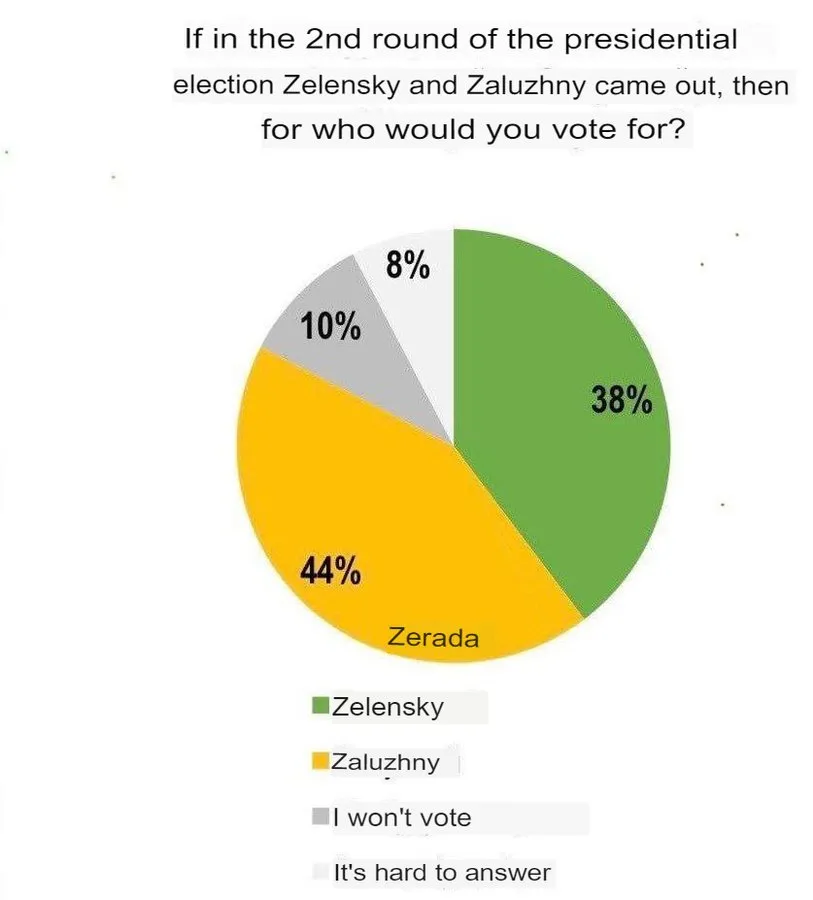
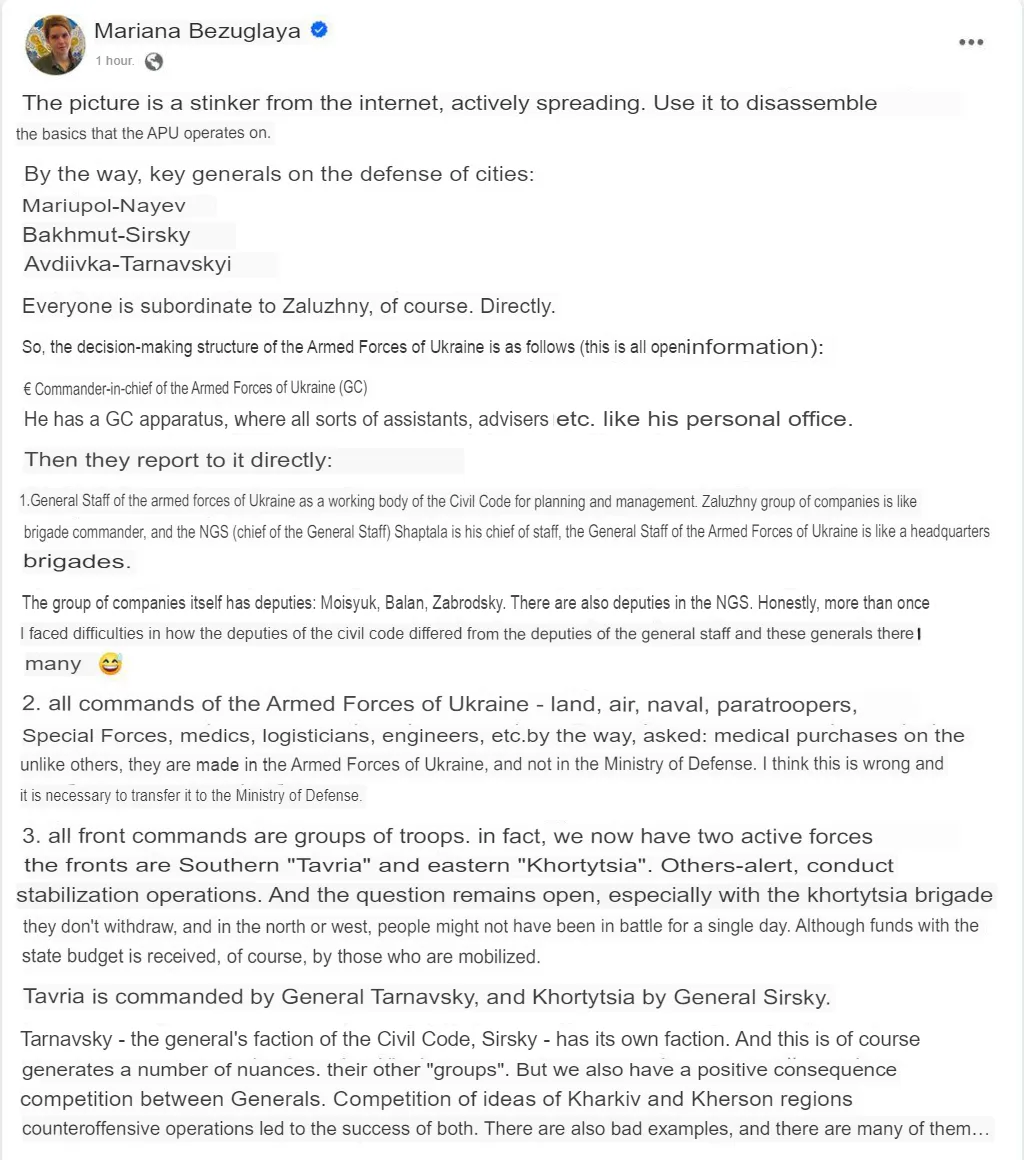
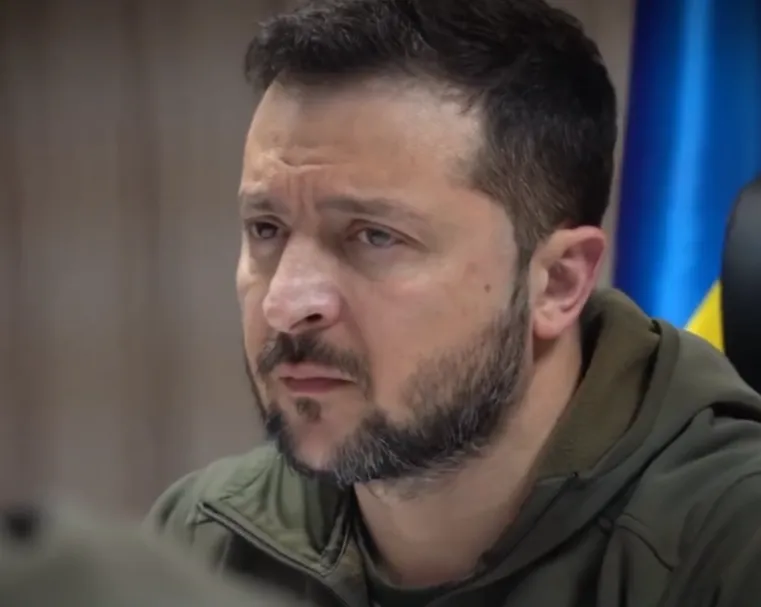
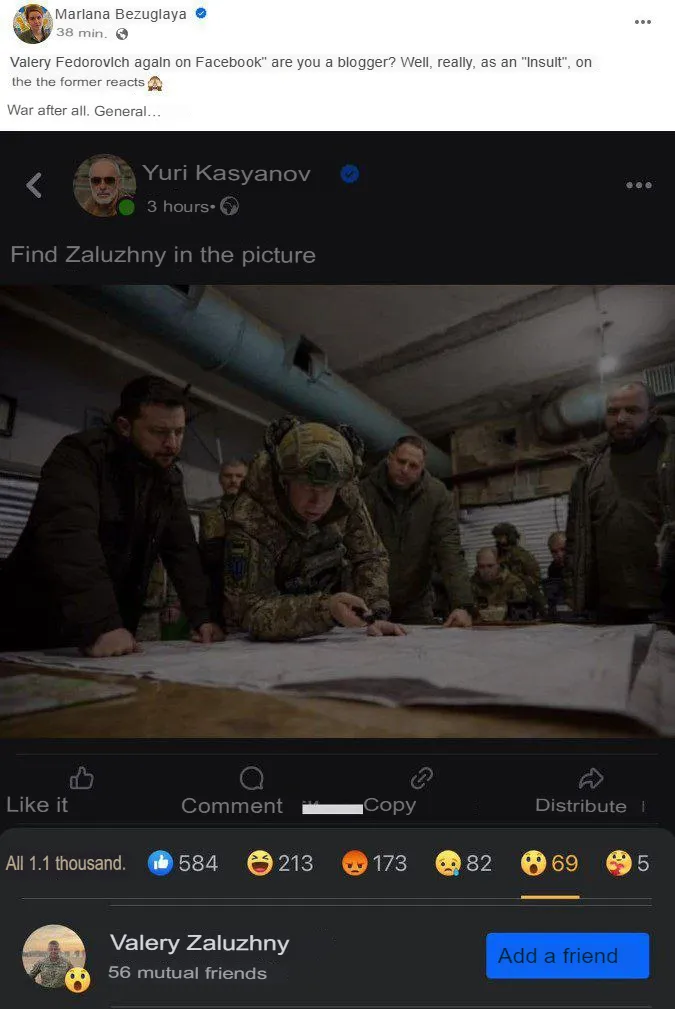
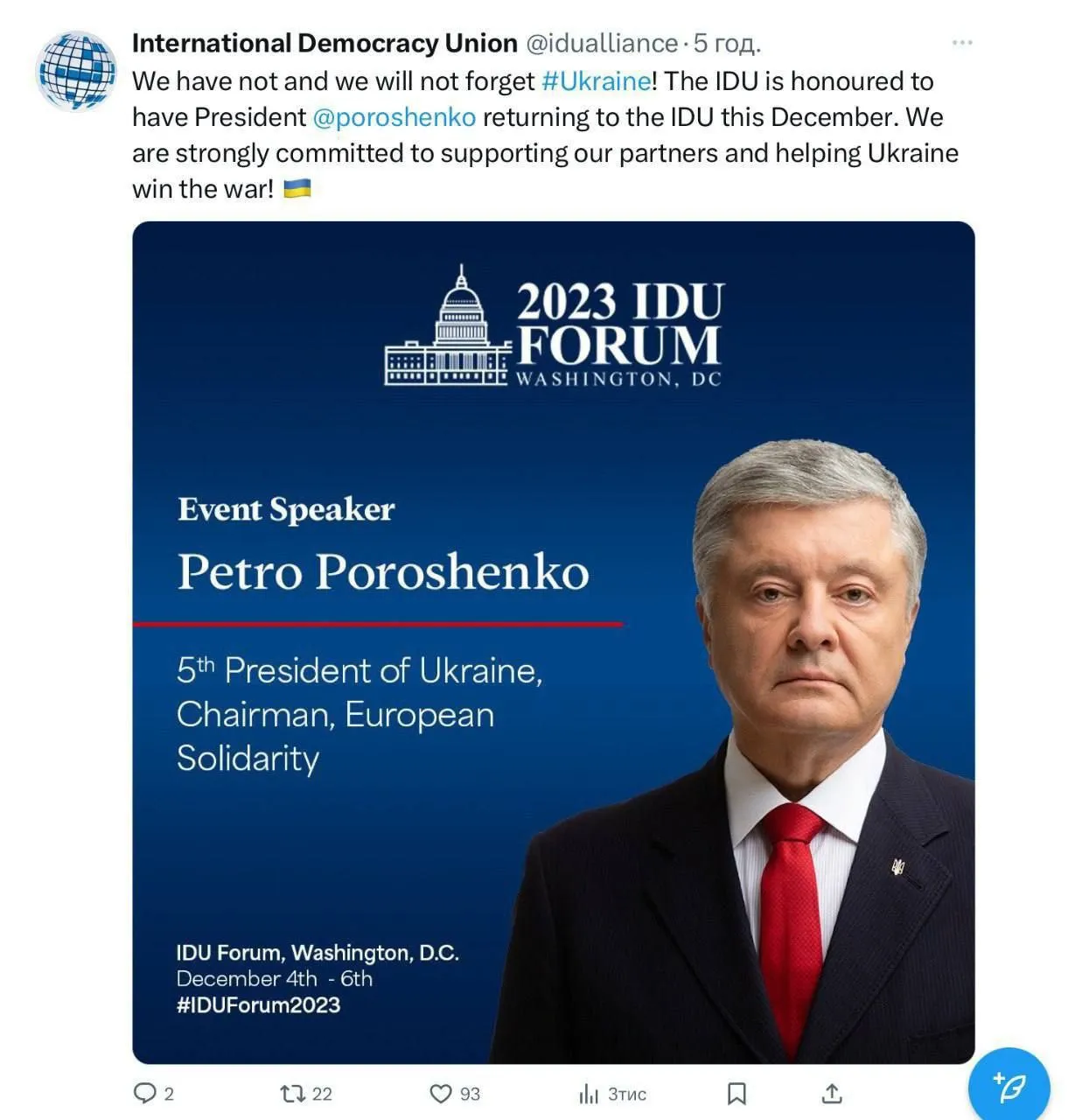



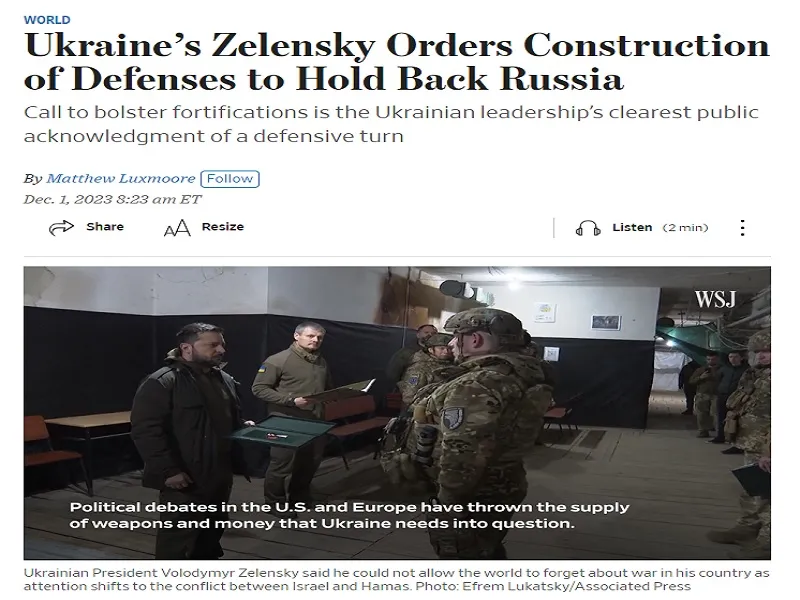





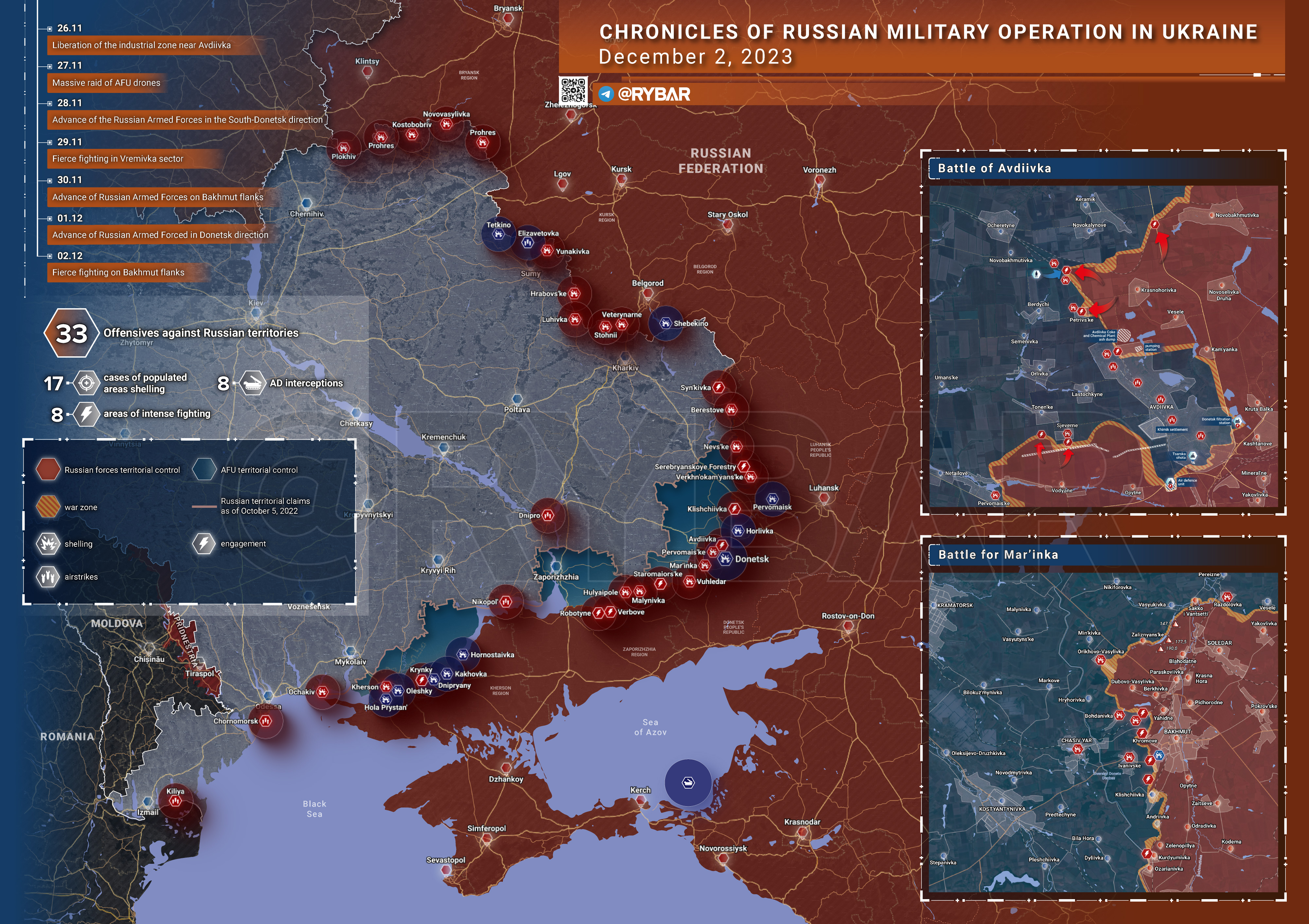
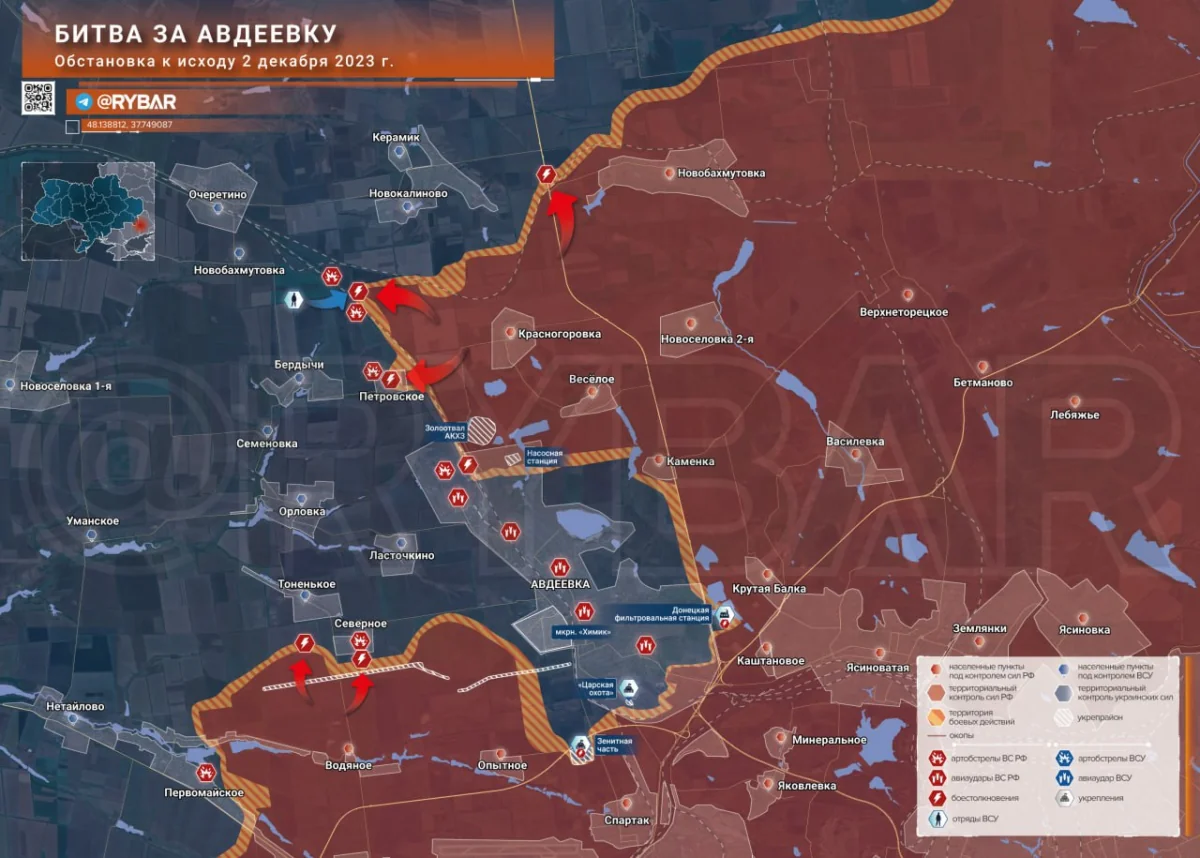








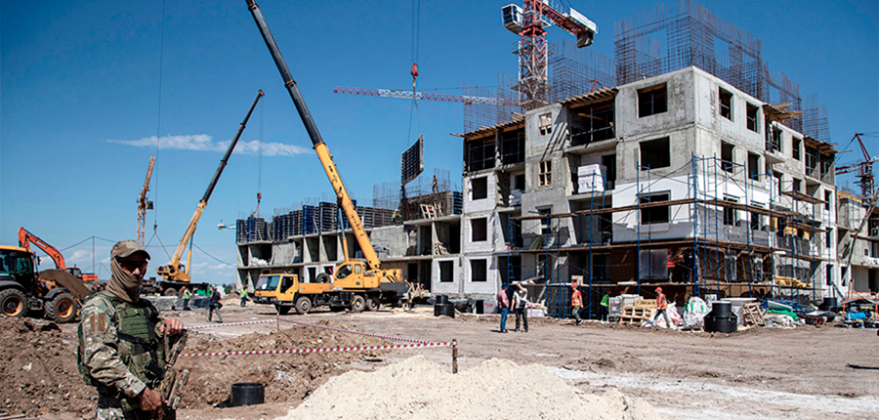






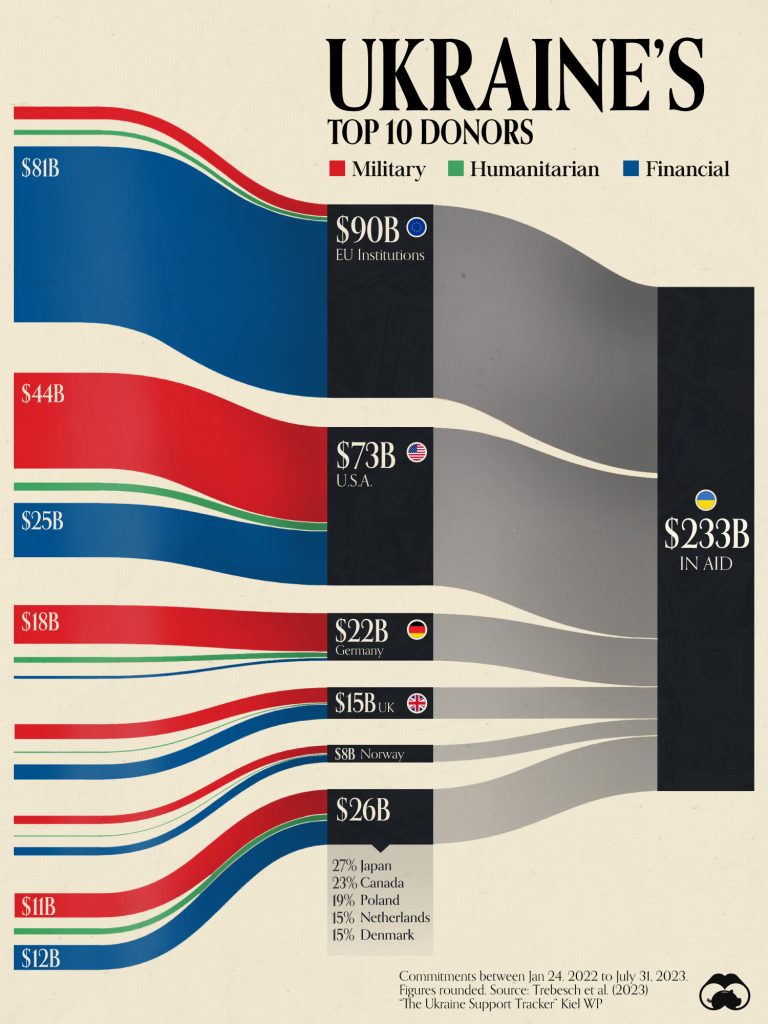
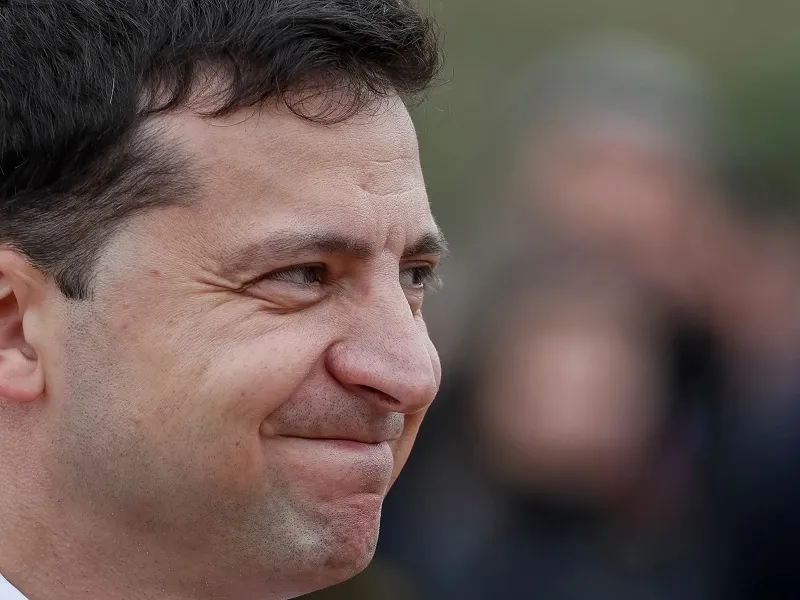


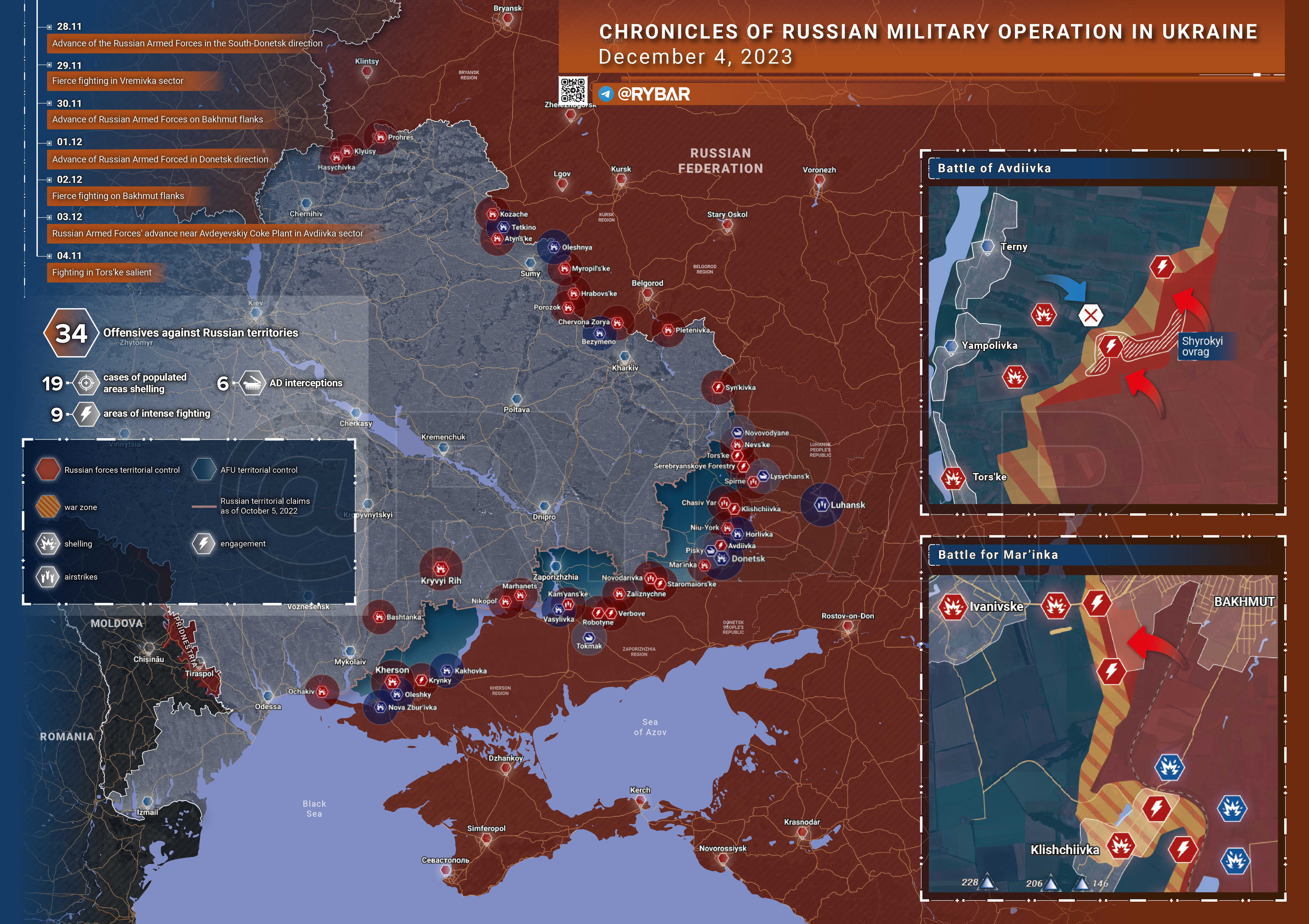
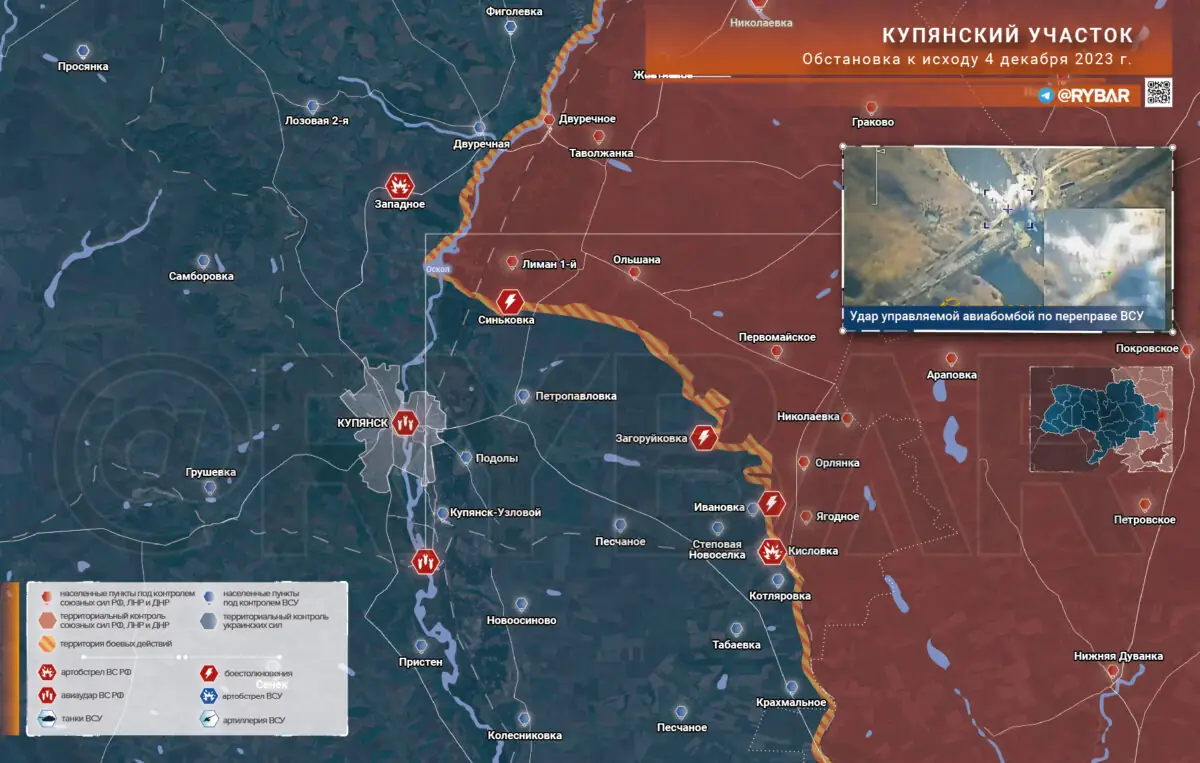
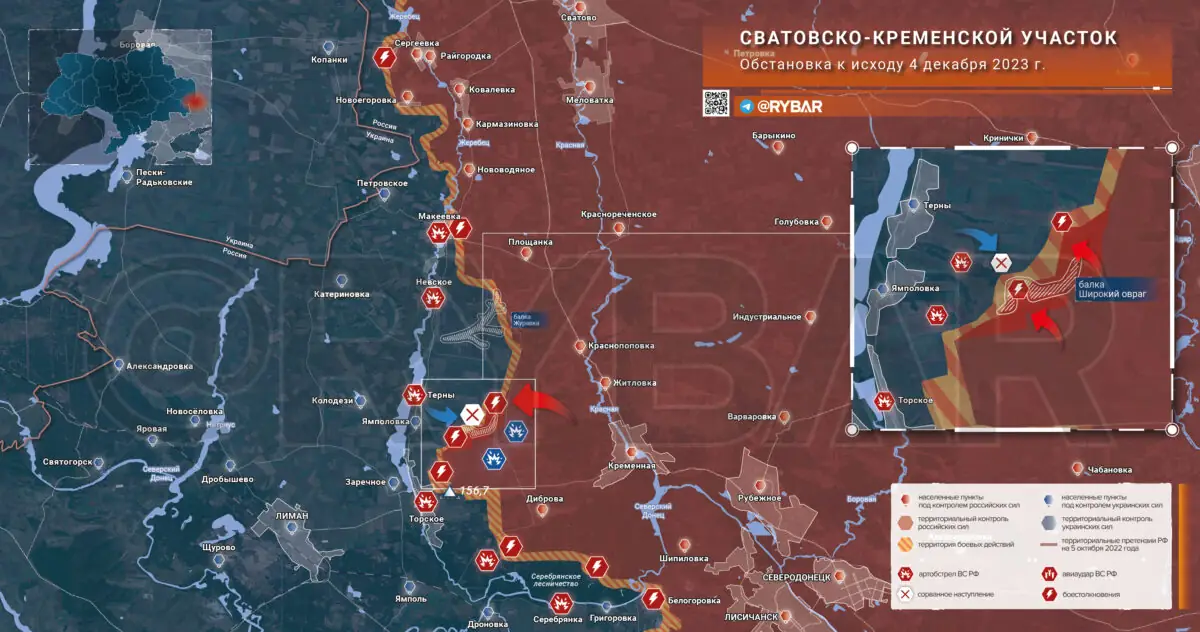
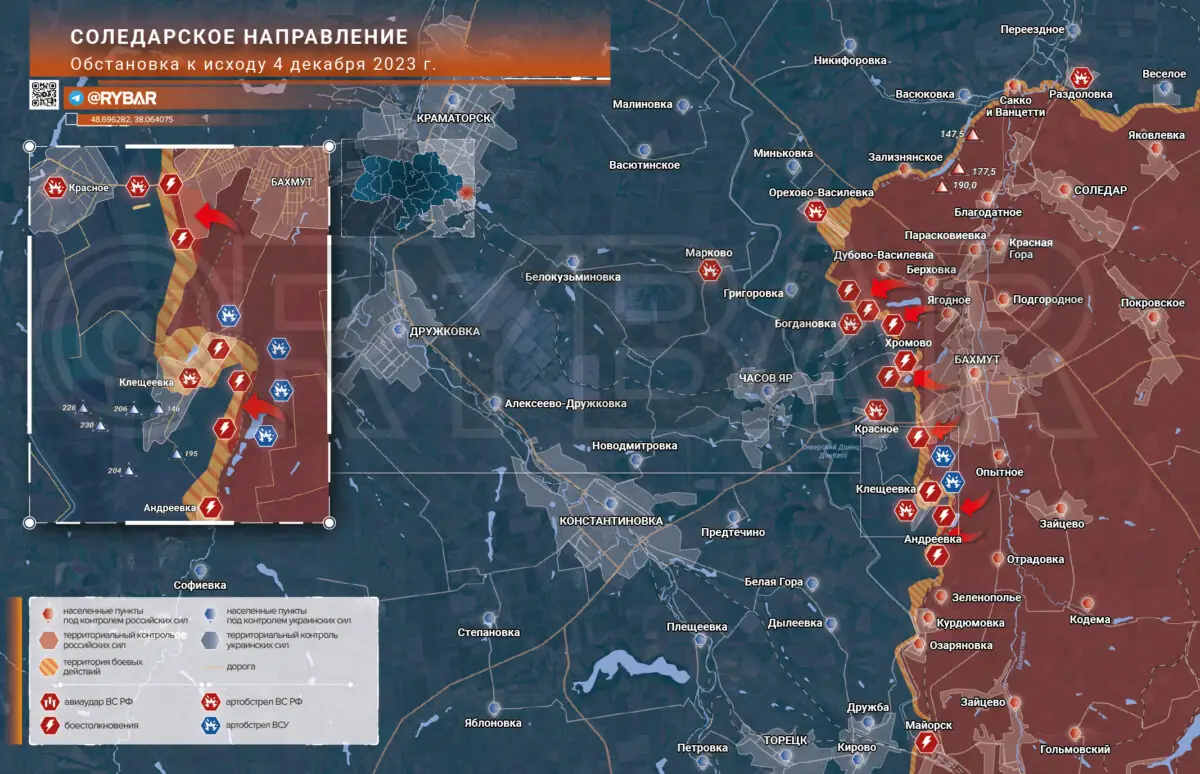
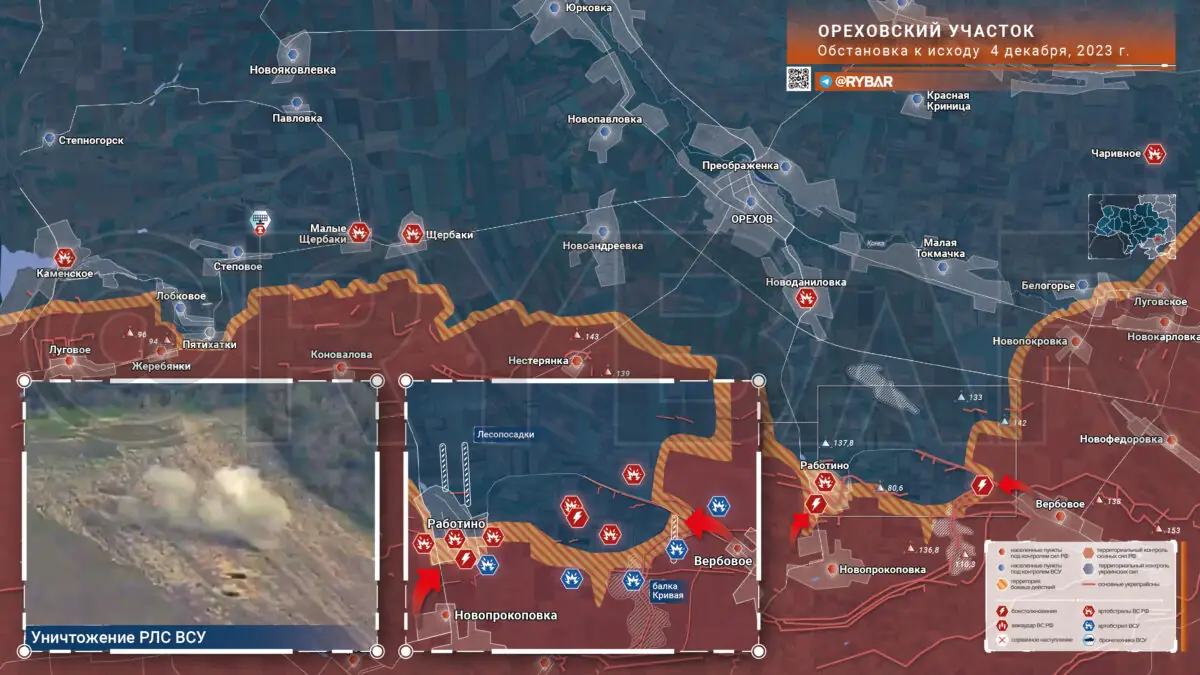
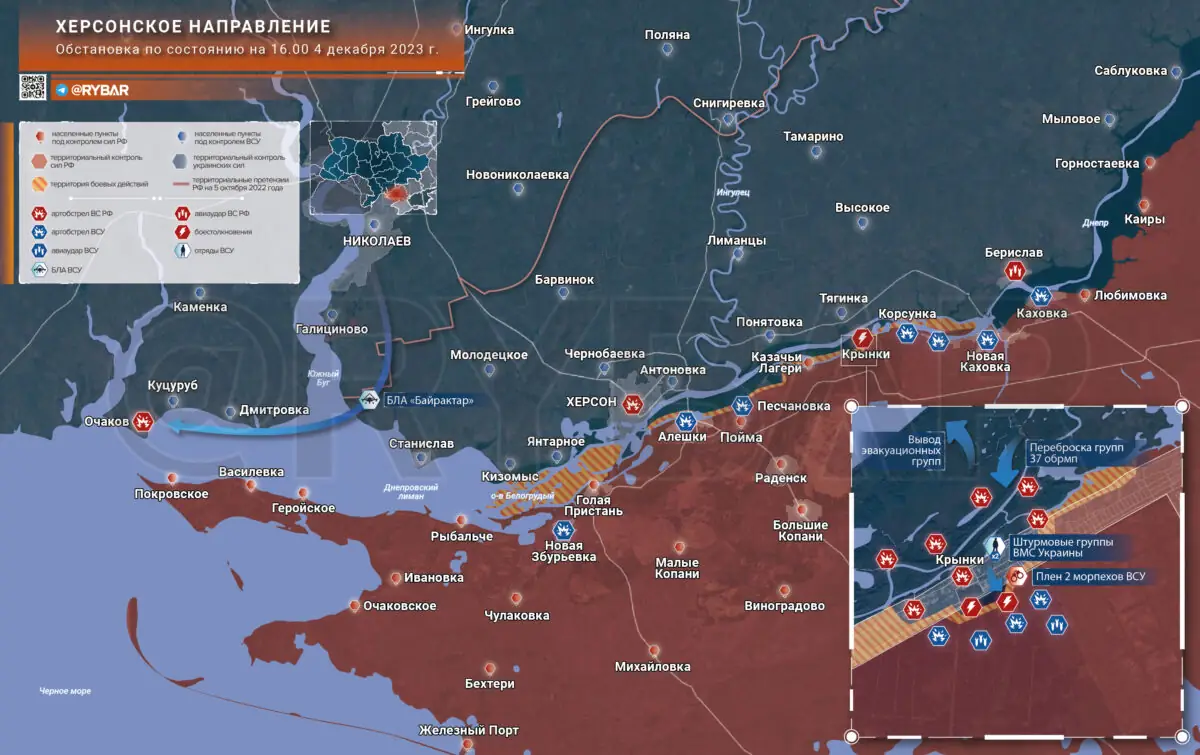
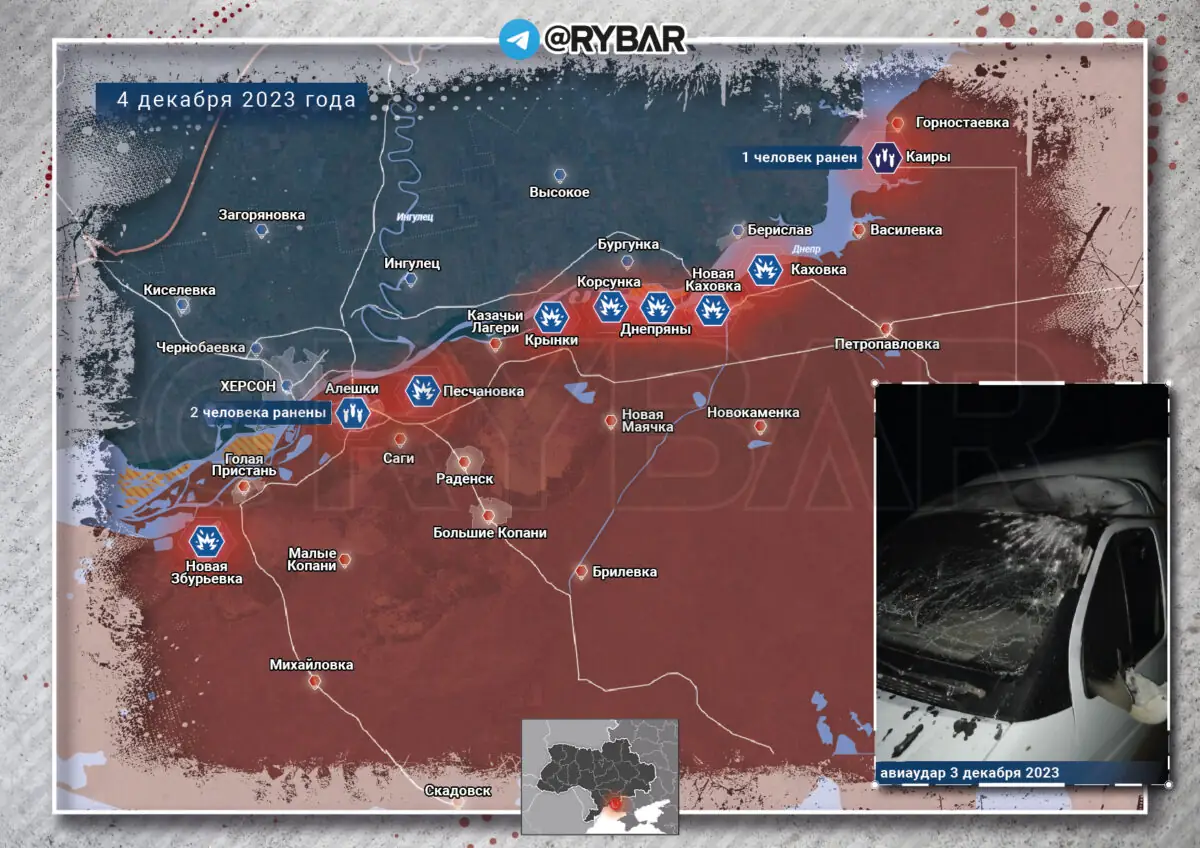
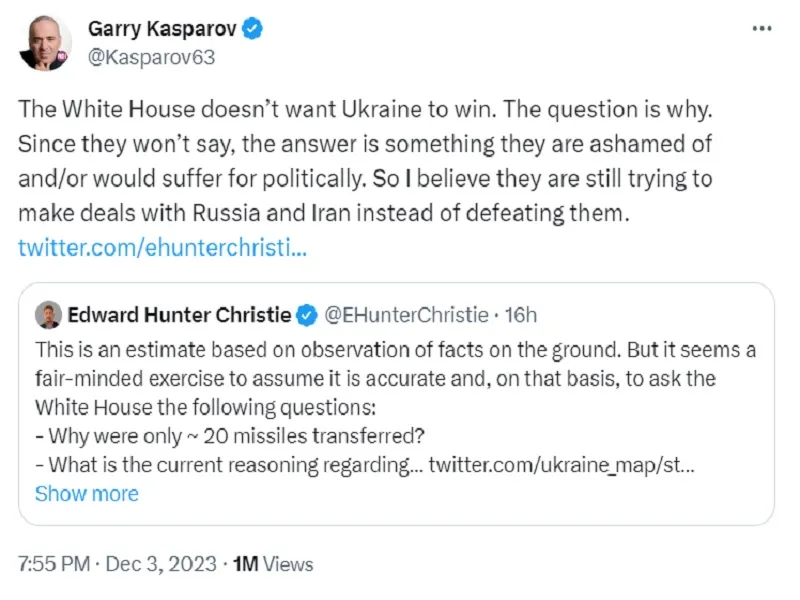





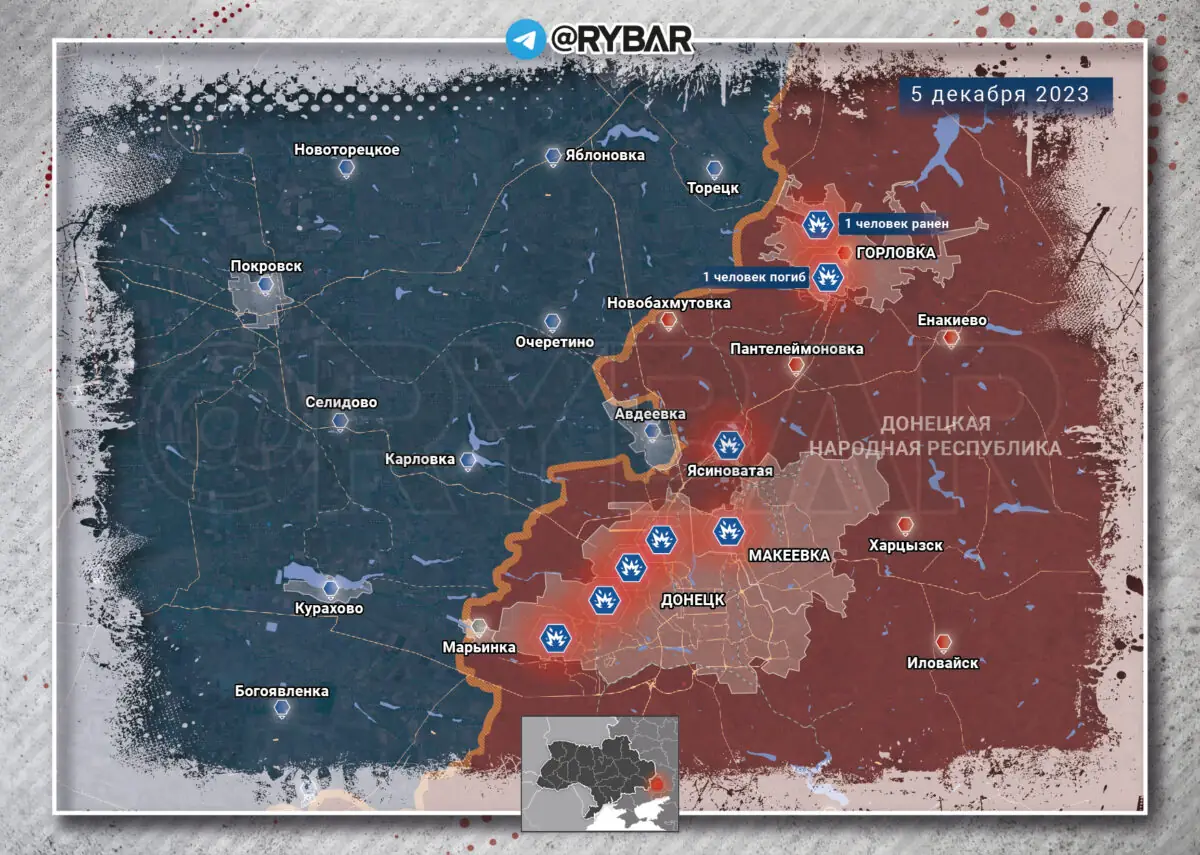





 SIMPLICIUS THE THINKER
SIMPLICIUS THE THINKER

